European Competition
Past events
- 25.10.2015, 20:00 - 22:00, Akademia Sztuki, European Competition: Block 6
- 24.10.2015, 20:00 - 22:00, Akademia Sztuki, European Competition: Block 5
- 24.10.2015, 17:30 - 19:30, Akademia Sztuki, European Competition: Block 4
- 24.10.2015, 15:00 - 17:00, Akademia Sztuki, European Competition: Block 3
- 23.10.2015, 20:00 - 22:00, Akademia Sztuki, European Competition: Block 2
- 23.10.2015, 17:30 - 19:30, Akademia Sztuki, European Competition: Block 1
Filmy poprzednich edycji
- Raw Tomatoes, 10’35’’
Production: TUR 2014
A documentary with elements of fiction. It tells the story of a family that tries to get by on cultivating tomatoes. The kids are eager to help their elders, because their motivation isn't only to survive, but also to get a bike of their own. The film portrays hard labor, day after day in the family community. It is a portrait of life under harsh conditions, but close to loved ones: the people and the animals. Maturing tomatoes are beautiful. They promise – finally – a reward for the great joint effort. The film's simplicity and its unpredictability work like meditation, like a punch straight to the heart.
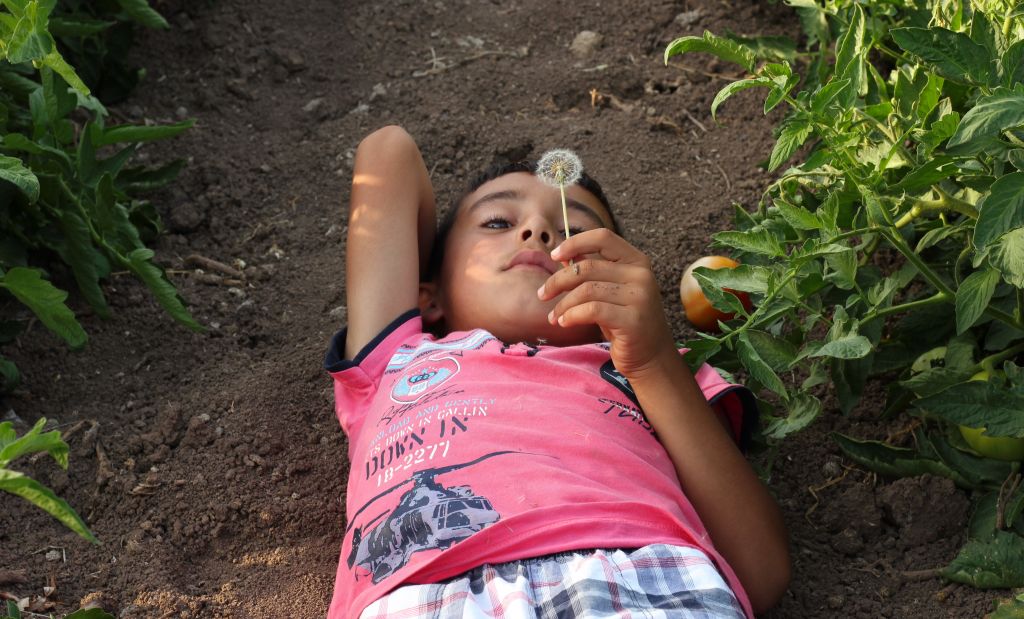
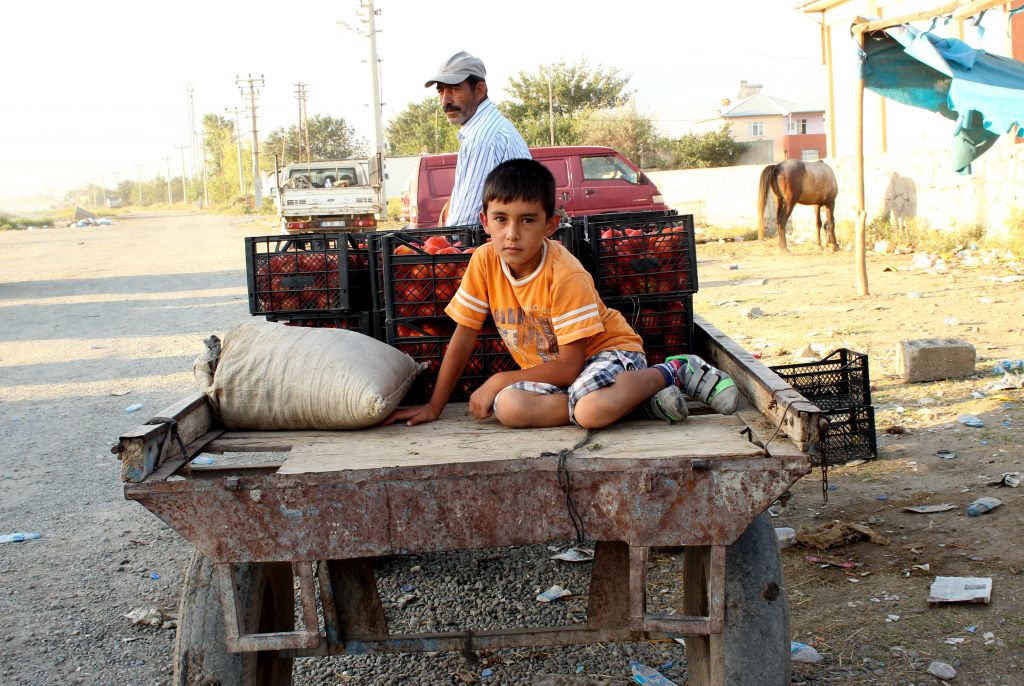 read more
read more
- Backward Run – Tornistan, 4’
Production: TUR/FR 2014
An animated film inspired by the events that took place in Turkey in the spring of 2013. The series of demonstrations began on May 28th on Taksim Square in central Istanbul. The protests spread to other regions and cities in Turkey. The direct cause of the outbreak was the plan to construct a shopping centre in Taksim Gezi Park, which is located next to the square. The protesters occupied the park, a camping ground developed, the number of participants grew. “Backward run” focuses on the dramatic dispersing of the demonstration and the television's “reaction,” which constituted of airing documentaries on penguins and reports from a beauty pageant. “Backward run” made use of audio recorded during the protest and the pacification of protesters. “The film you are watching has censored itself.”

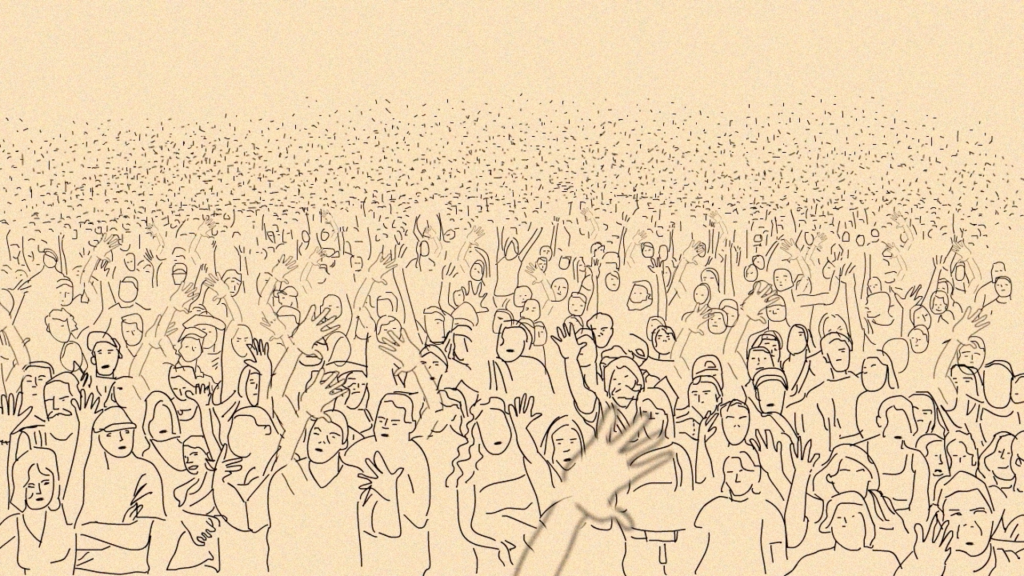
read more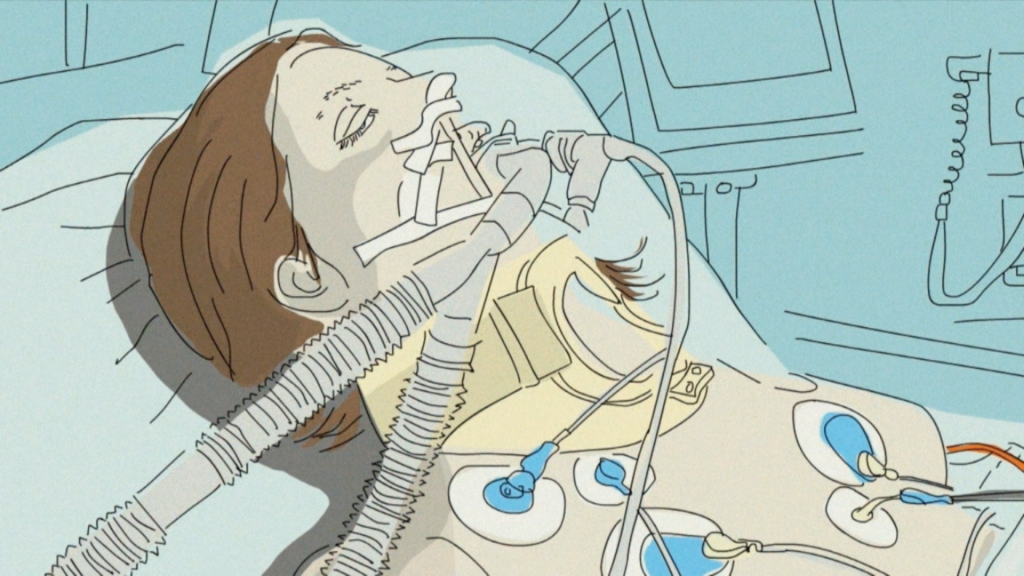
- BSB-GRU-EZE, 3’14’’
Production: FR 2015“BSB-GRU-EZE” is a travel between three airports, based on the musical piece “A Sertaneja” written by the Brazilian composer Brasílio Itiberê. The use of acronyms emphasizes the similarity of one trip to another. The short film is inspired by the city of Brasilia. The idea is that in a fictional future our passport number will replace the use of our name. Paris will turn into CDG and the world will become a multitude of airports with people in transit at all times.

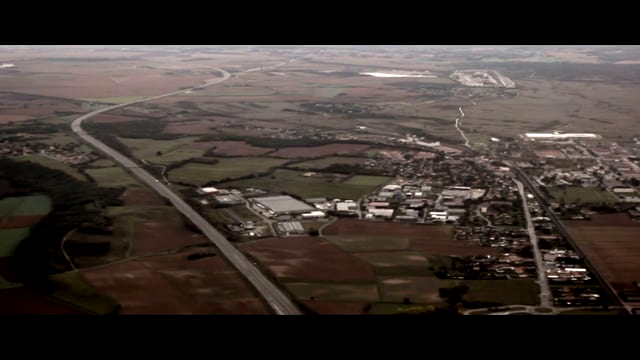
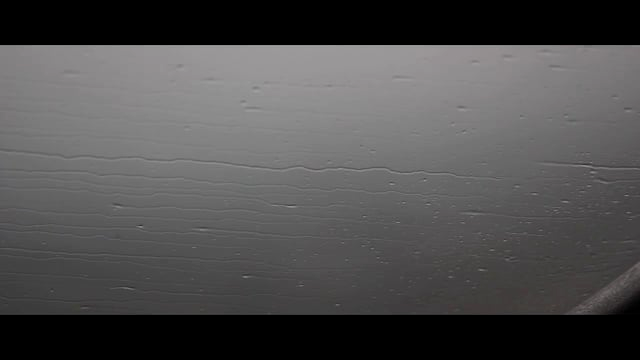
read more - Cats in Riga, 17’
Production: LVA 2014The view of the Latvian capital through cats’ eyes and ears. While the news media sift through current affairs and the inhabitants of Riga focus on their daily cares, cats are completely occupied by their aimless wanderings through stairways, offices, and apartments, sublimely indifferent to the preposterous hustle and bustle of our civilization. There are hordes of silent witnesses all over the place, looking like they’re keeping a sharp eye on what’s going on around them. This ode to cathood plays with the notion of subjectivity in the perception of the world around us.
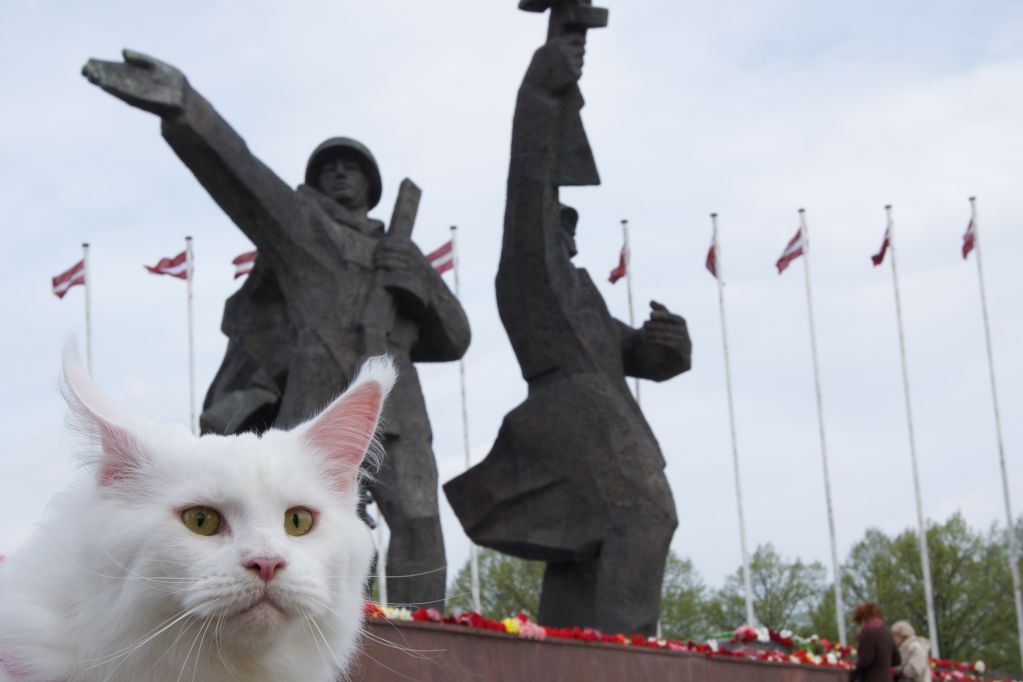
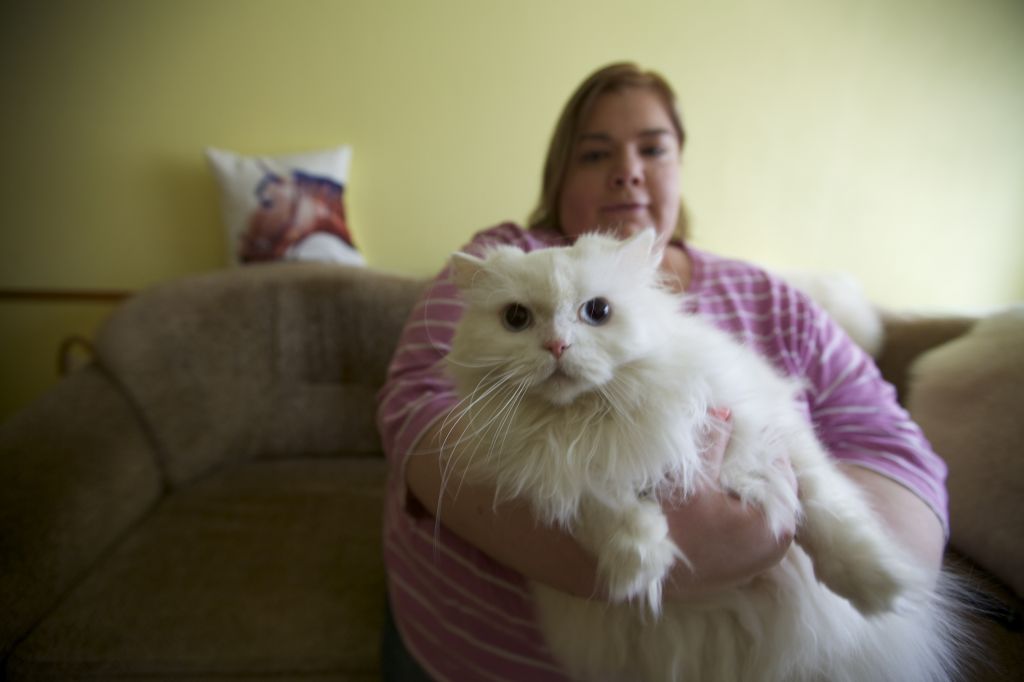
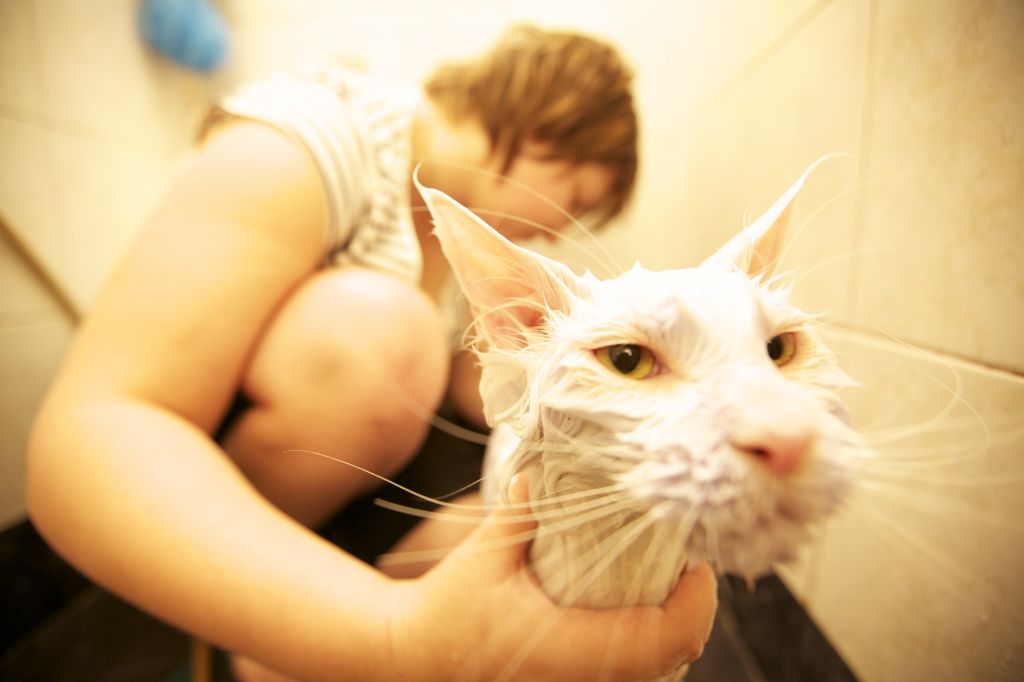
read more - Cities (Potential space), 30’
Production: GER 2014“Cities (Potential space)” provides a thematic context to potential spaces in the city; the opening up of urban spaces raises the question of to what extent life can be shaped. The city is unaware of stillness; it changes, perishes, emerges anew, always in a state of becoming. The shape the city could assume, how it will appear in the future – these are the aspects explored in the film. The investigated concepts include urban visions and city models, spatial and temporal passages, borderlines, places of transition and thresholds. The source material for “Cities (Potential space)” are 9 sequential photo works depicting urban experiences with potential spaces. Each city is described (in a manner similar to Italo Calvino in “Le città invisibili” by concentrating on a personal, emotional aspect of urban life.
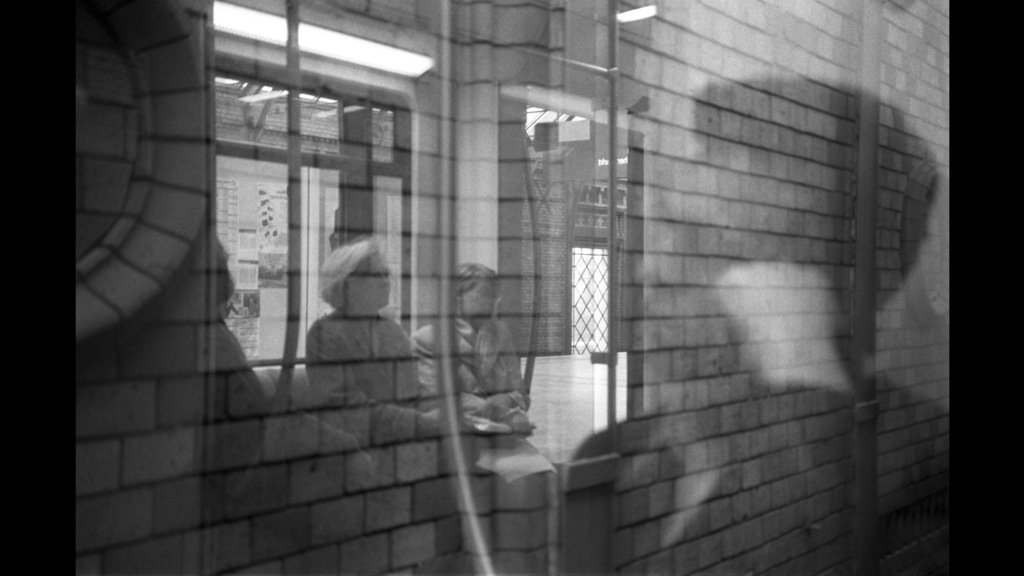

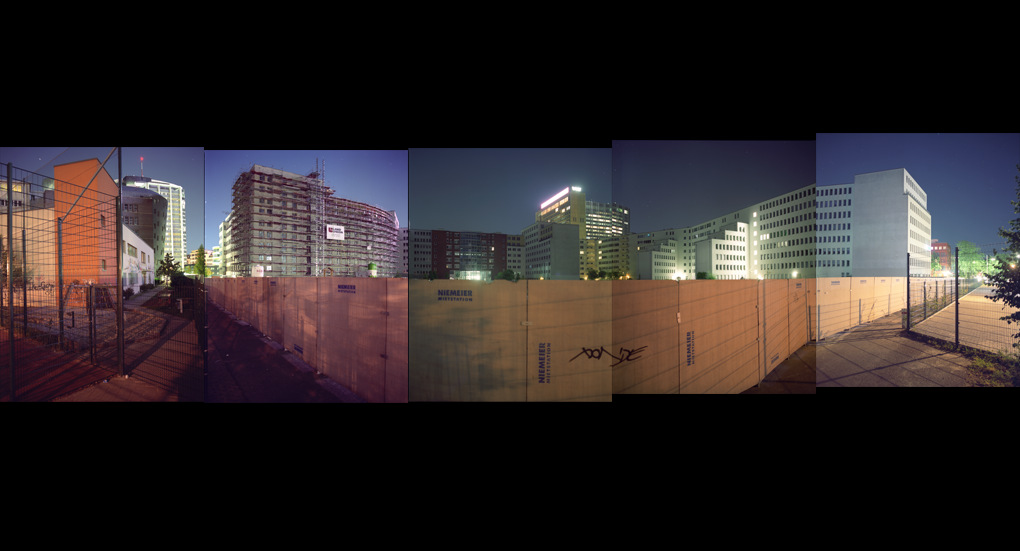
read more - Collecting Is a Disease, 15’
Production: NL 2014
Geert Verbeke sold animal food. He was selling a lot, so he established and developed a transport company. One day he sold off the company equipment that was dispensable and kept what could be useful in his new life: the life of a collector and exhibition arranger. Since 2007 he's been running a foundation, collecting chiefly surreal Belgian collages and assemblages. In his own words: “Surrealism is typically Belgian. It's an integral part of us.” Inspired by the nature of the collection, the place of exhibition, and the collector's personality, Kuba Szutkowski created his documentary, which takes us to a place that combines the surrealism of nature, art, and the industrial.

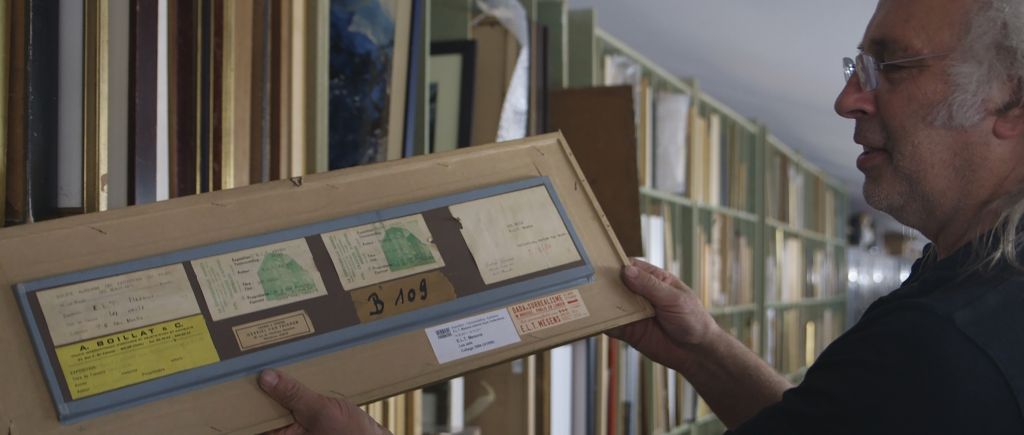
read more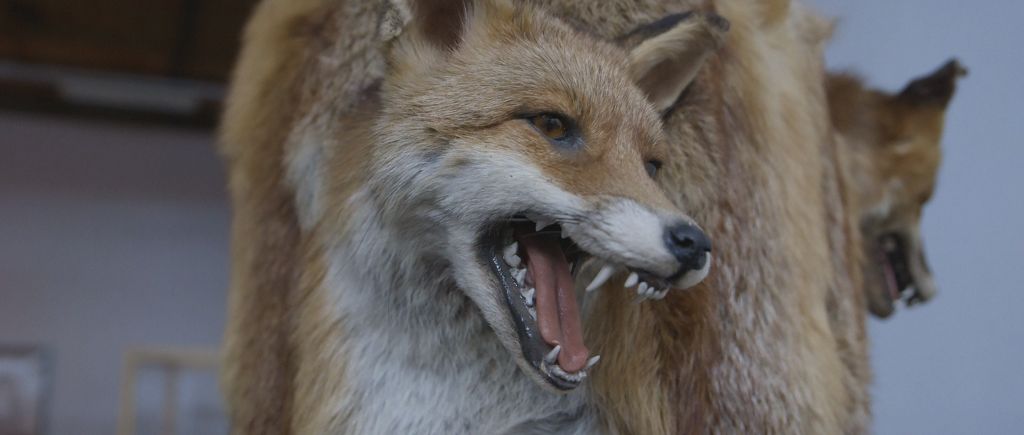
- CONVERSATIONS, 21’
Productions: NL 2014
In the essay collage film “Conversations” the filmmaker unravels the hidden meanings of the personal archive of her grandmother. Her sight takes its place inside a feminine chain of memories. The film shows how objects can have an additional unexpected layer of meanings. As it turns out they connect to the Jewish background of her grandmother. The film is formed like a book, in three chapters with a special emphasis on text and voice.
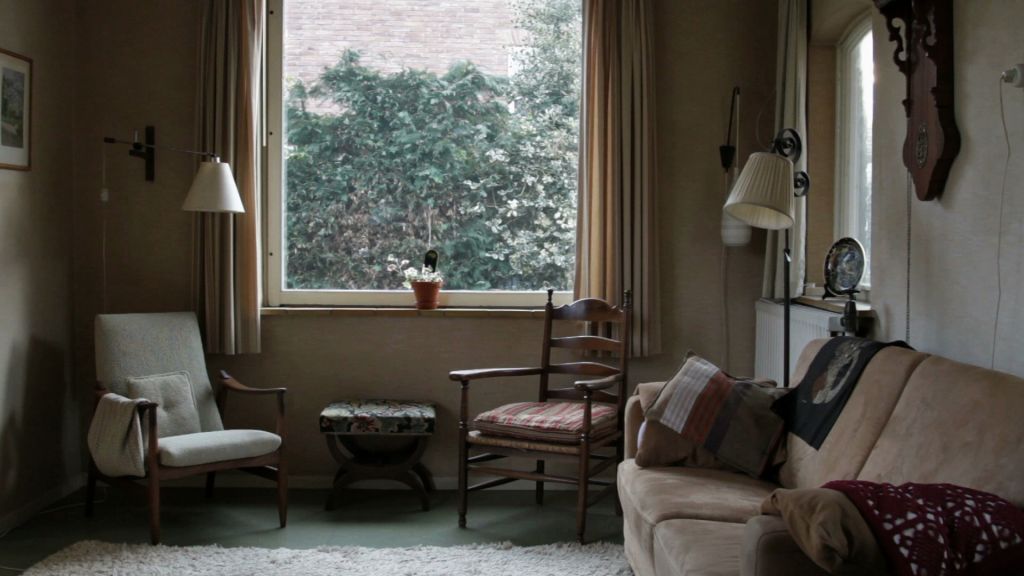
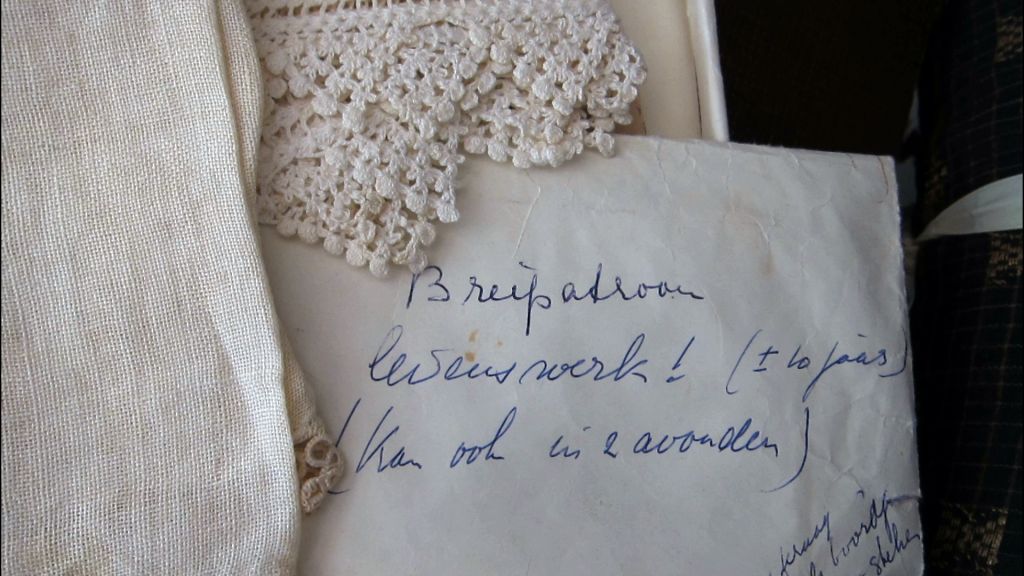
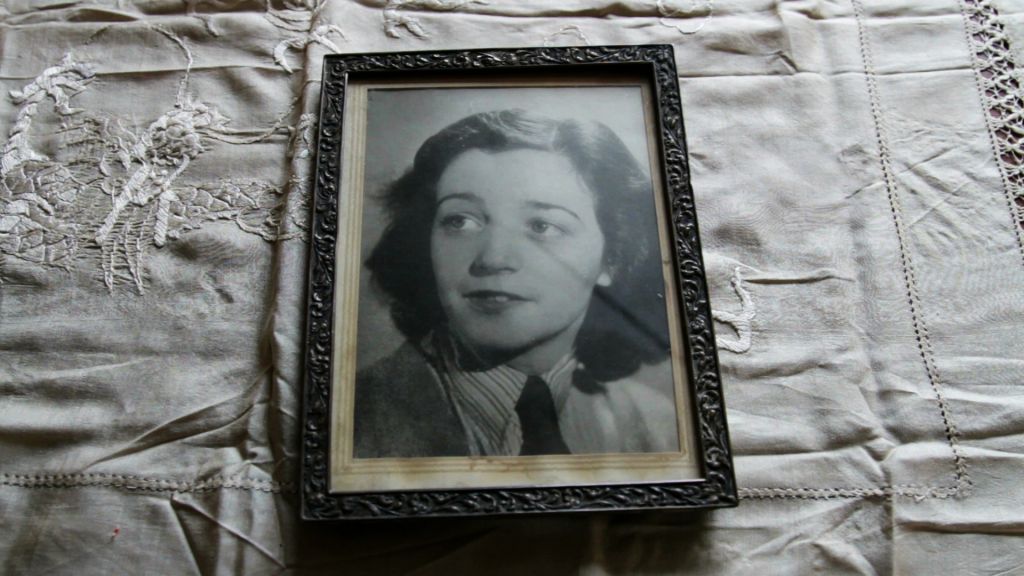
read more - Curonia, 41’30’’
Production: EST/LTU 2015
The Curonian Spit of coastal Lithuania is a place under constant transition, from various people who have inhabited it, right through to the geographical construction of the land itself. “Curonia” explores the relationship between the artist and the environment of the peninsula through an artistic process of discovery that revolves around sound and focusing on it. The ephemeral elements, materials and objects found on location provided a rich palette for exploration through both passive observation and active engagement. “Curonia” is not only about listening but also illustrates a method for perceiving the environments we inhabit. The film was born out of an artist residency in late 2011 with a follow-up visit in spring 2014, during which daily excursions were made into the landscape to research, collect, and perform on location.
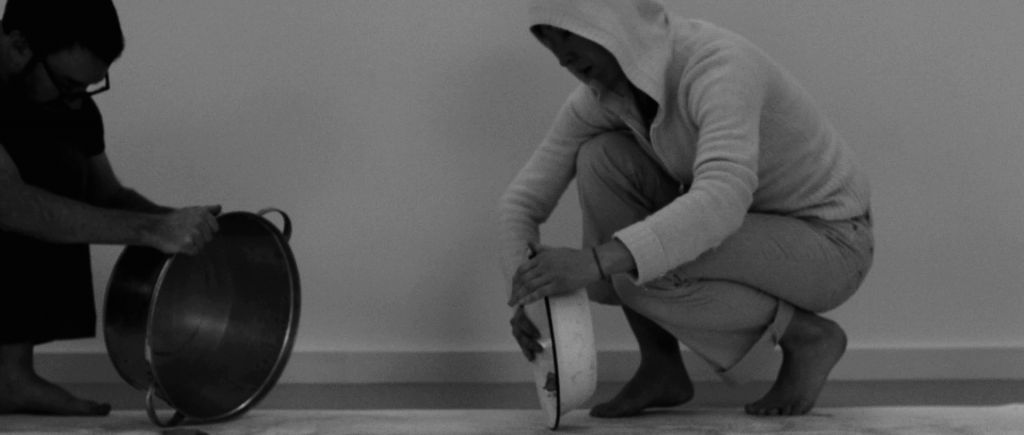
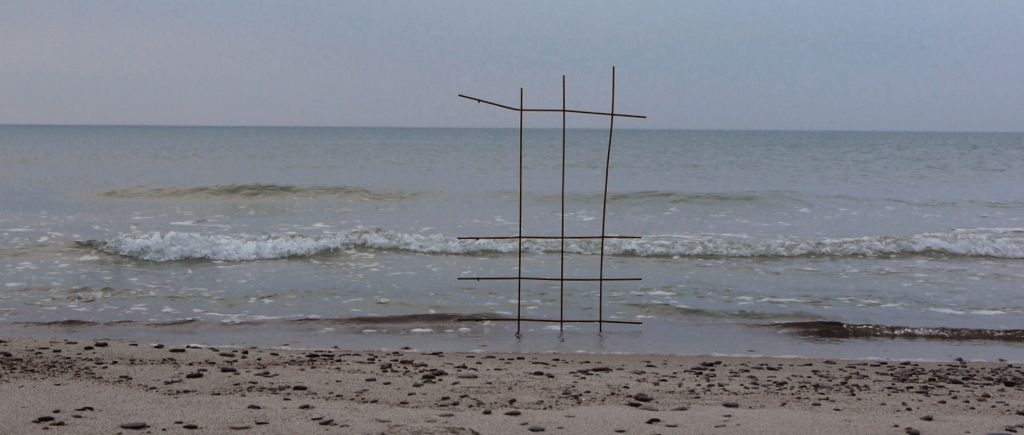
read more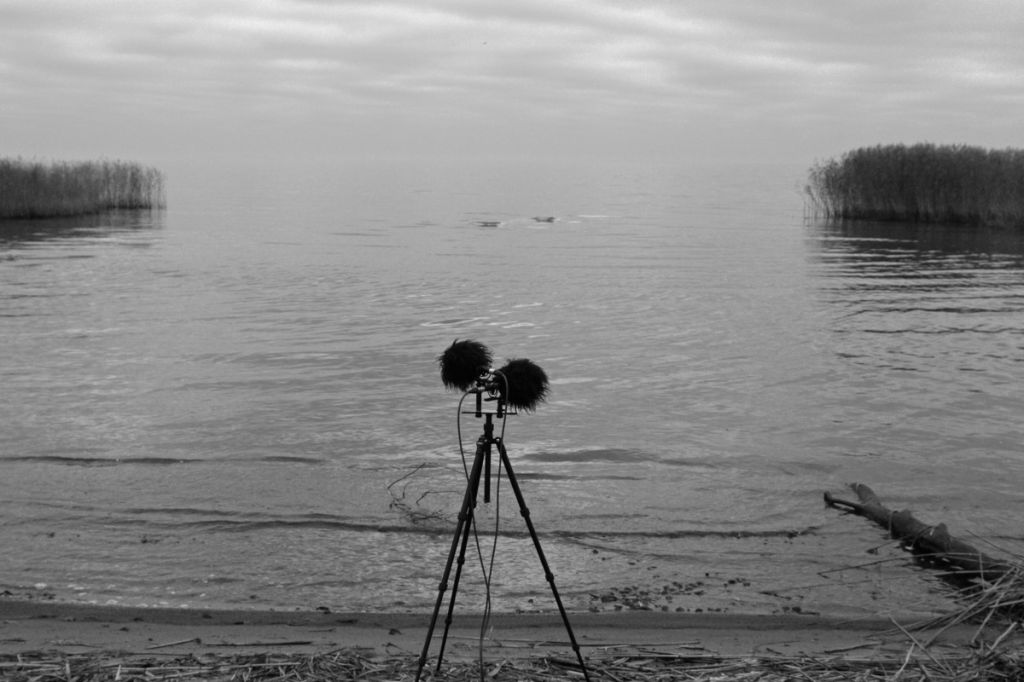
- Daugava Delta, 20’
Production: LV/GER 2014
Far from the centre of the city Riga and separated by the historical Spilve Airport with adjoining large allotment site, the suburbs Bolderāja and Daugavgrīva are a kind of social island or biotope – a blend of apartment and detached family houses, backyards, shipyards, docks, yacht club, sea academy, historic fortress and barracks. Here, where Daugava River flows into the Bay of Riga, anglers crowd the sunny mole during the spawning season of sprat, whereas veterans in the local pub are in memorial of their fallen fathers on Victory Day (День Победы).
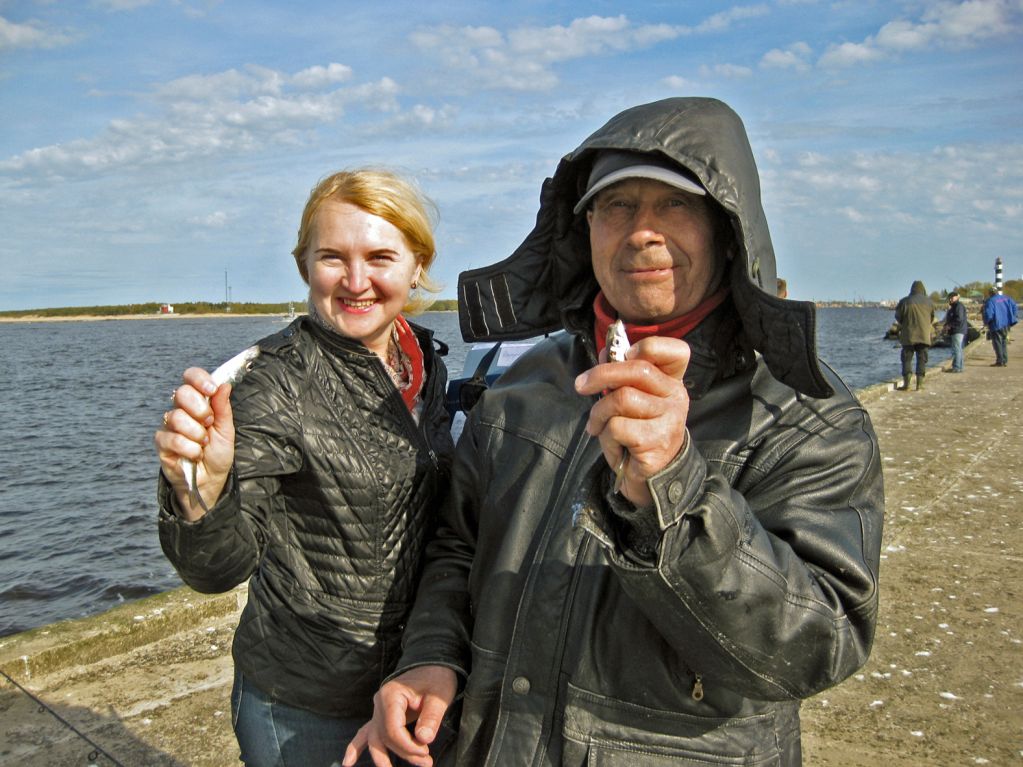
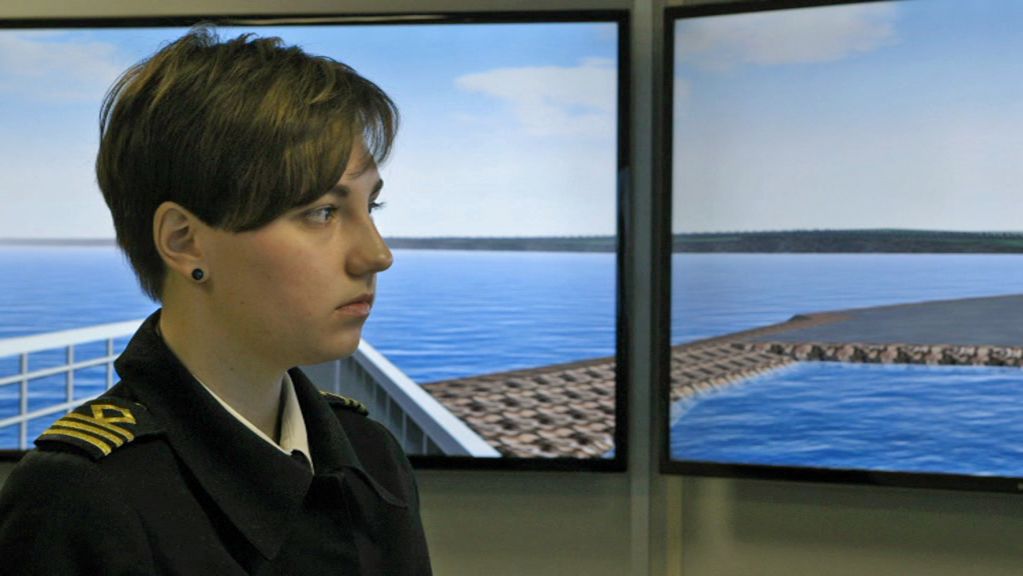
read more
- Directed by Tweedie, 16’
Production: SCT 2014
Making a film when you're 87 is less than convenient. As granddad Tweedie reluctantly takes up his new role as a filmmaker, we’re invited to examine the difficulties of communication between the generations, whilst exploring that unspoken contract that binds children to their grandparents. Will Tweedie start to see the world differently when looking at things through the lens of his 23-year- old grandson, or will he simply be wondering what's for pudding?
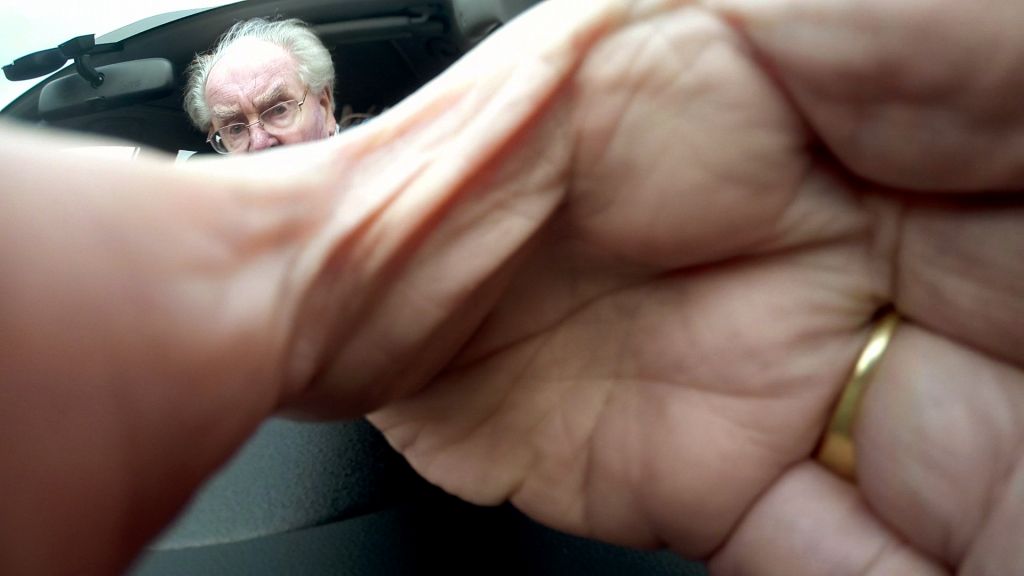
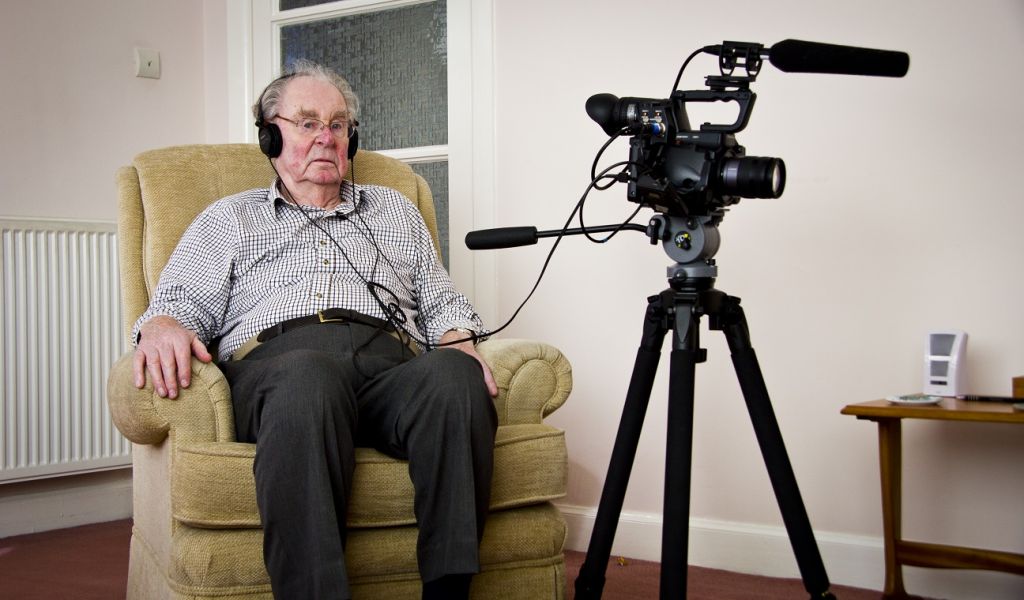
read more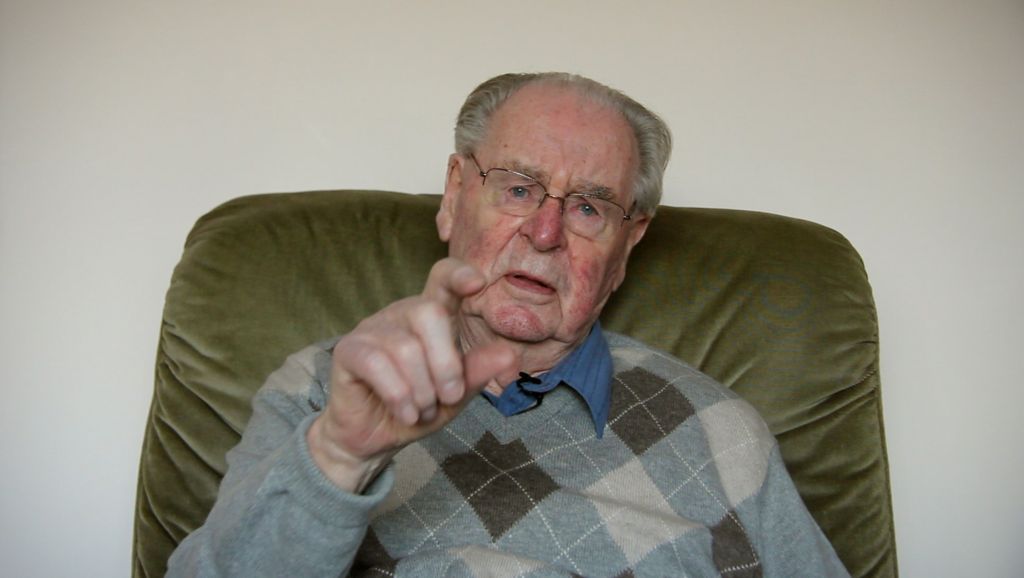
- Domain and Range, 6’
Production: FR 2015
An anecdote about a dead lizard in a French vineyard accidentally run over by the winegrower’s tractor serves as a pretext to explore family history which in turn raises questions concerning the relationship between art and deterministic belief systems and between man and nature, etc. The notion of transformation is explored both in terms of the content of the film and the effect of filming itself. The title refers to a mathematical concept related to set theory.
read more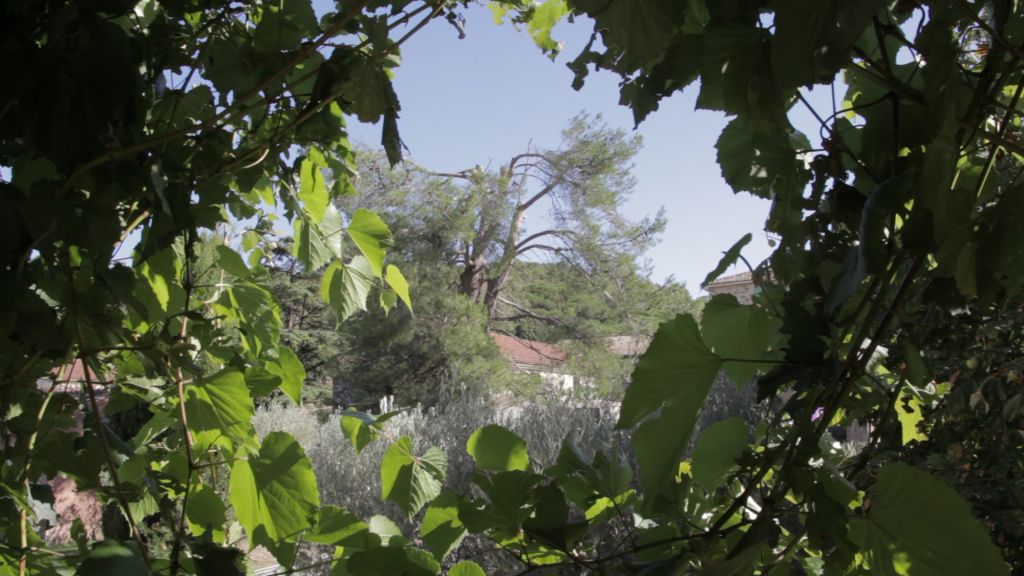
- Figure, 9’
Production: PL 2015
It's white and windy all around. A gigantic figure emerges from behind the snow curtain and hits the road. It passes towns, villages, houses, to land on top of a hill, next to spiders, saints and bumper cars. “Figure” is a surreal tale about creating myths, about religious kitsch, and about the desire for greatness. Who is our protagonist? The world's largest sacral miniature park resident. A gigantic, white contradiction.
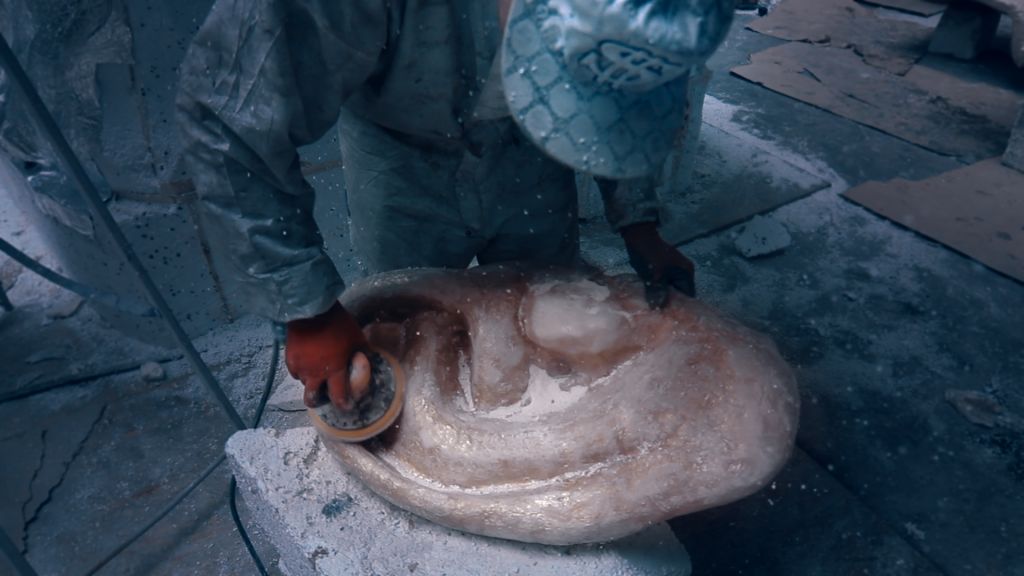
read more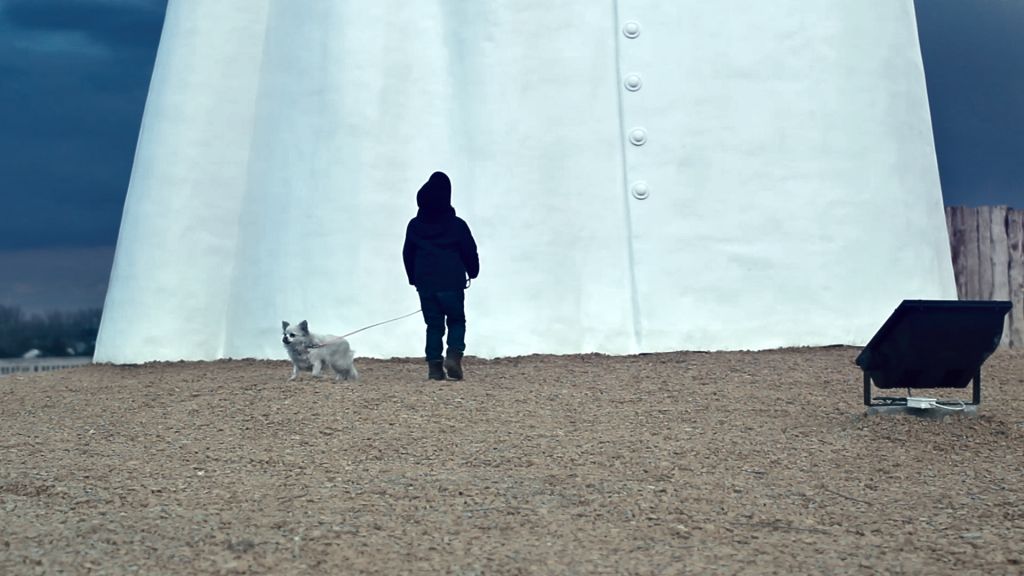
- Friday Child, 16’51’’
Production: FI 2014
“Viikonloppulapsi” is about a mother and her daughter, who only see each other on weekends. During the week Tinja lives with her father, dreams about cows and misses her mother, who is struggling with alcoholism but loves her daughter and wishes to one day be able to live a normal life with her. When Tinja visits mom, life is an adventure; dressing up as ghosts, dancing and singing quirky songs. It's a melancholic, yet hilarious story that allows the viewer to realize things are not always black and white.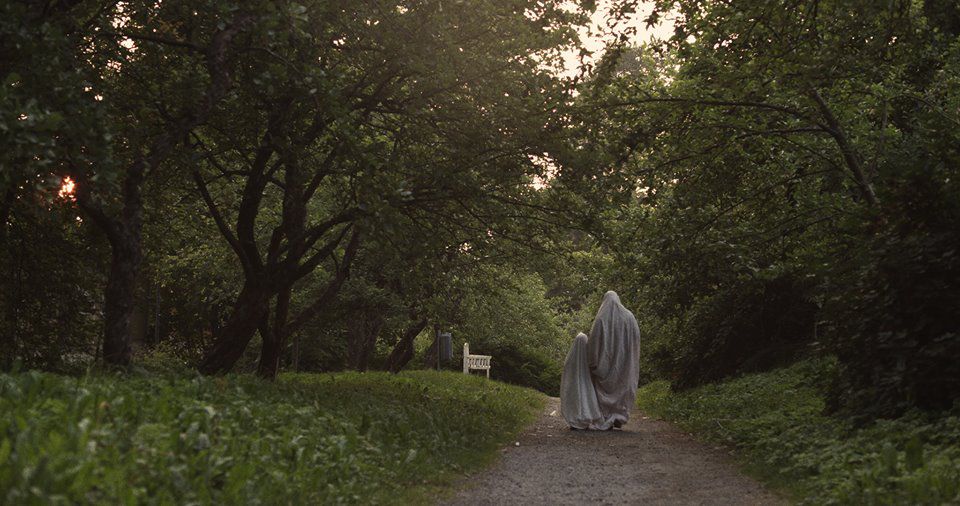
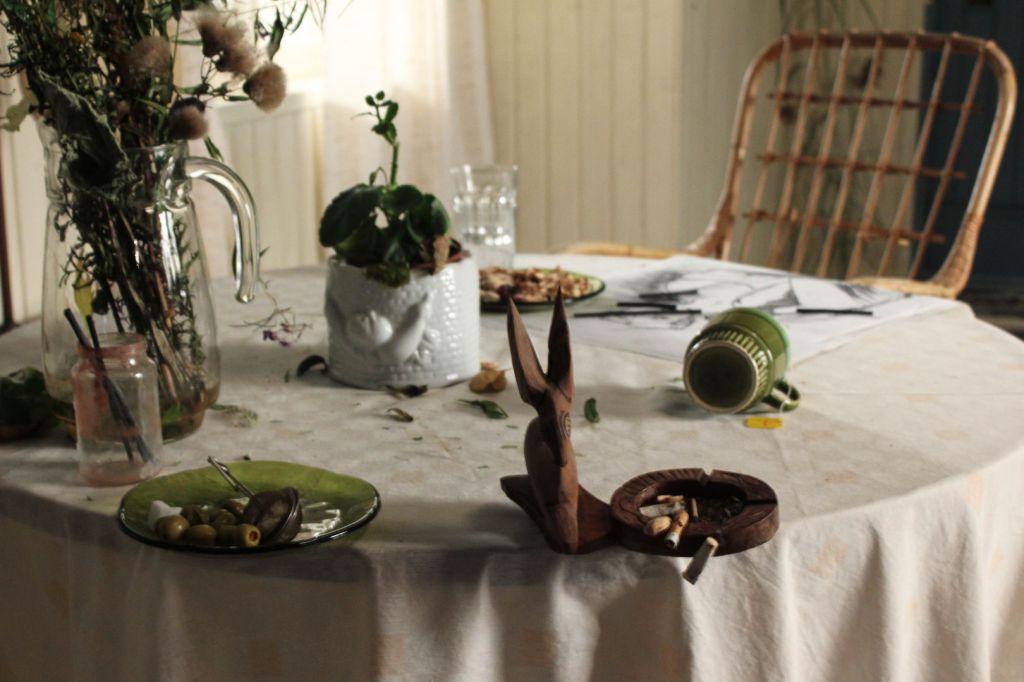
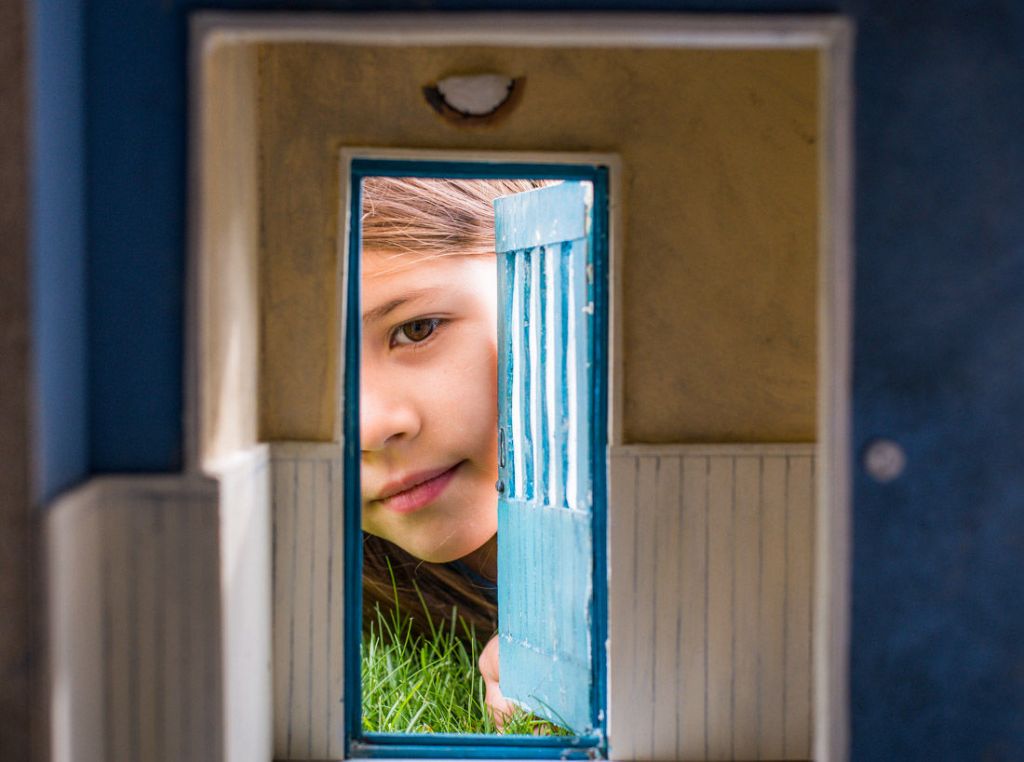
read more - Interlude, 12’31’’
Production: GRC 2014
“Interlude” is a poetic short documentary which can be considered as an essay film. The main theme is the mountain Pelion, the hook-like peninsula between Aegean Sea and Pagasetic Gulf. Through an elliptical narrative, use of keywords, and absolute immobility of the camera, the film attempts an aesthetic observation on space and time in between stillness and motion, based on director's subjective point of view.
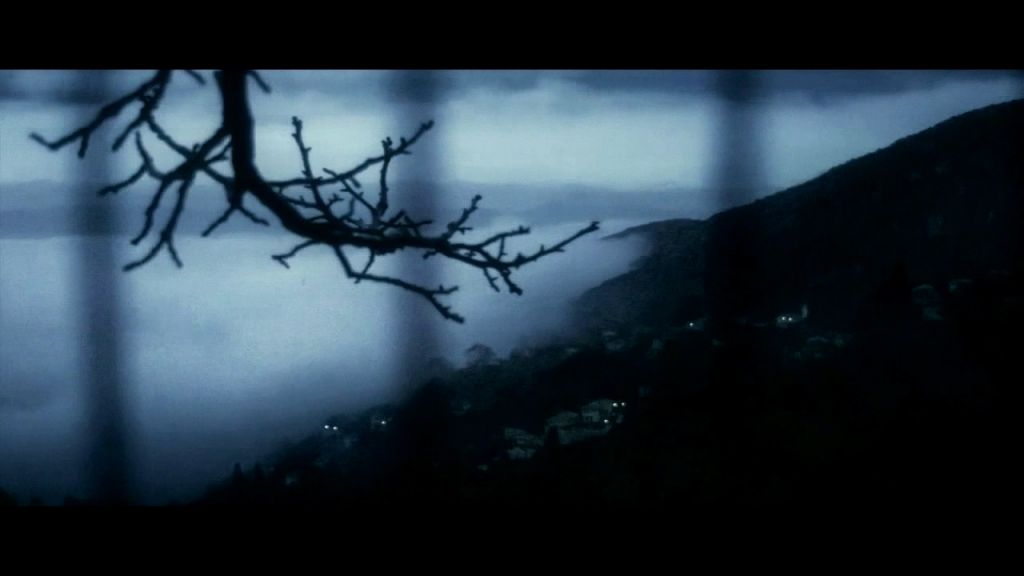

read more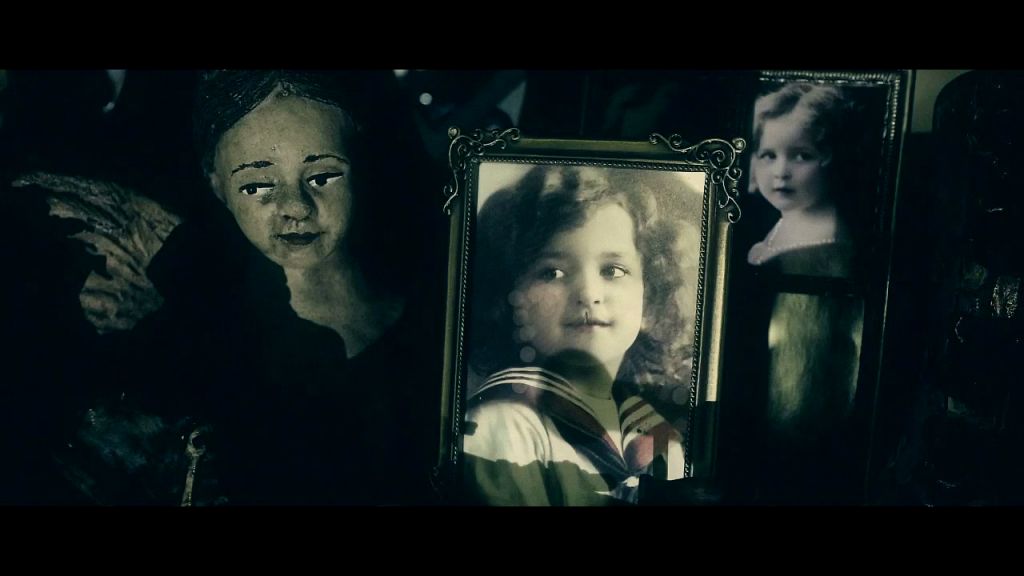
- Jealous Guy, 4’42’’
Production: NOR 2014
In this 3D animation, as in all good political fiction, anything is possible. But it also touches upon reality in a way that is subversive and poignant. The color of the Moscow square is an element of its name, and it could be changed (if only Vladimir Vladimirovich Putin wanted to). The author dedicated “Jealous guy” to the “Pussy Riot” activists, Edward Snowden, and everyone working for homosexuals' rights under difficult and dangerous conditions.
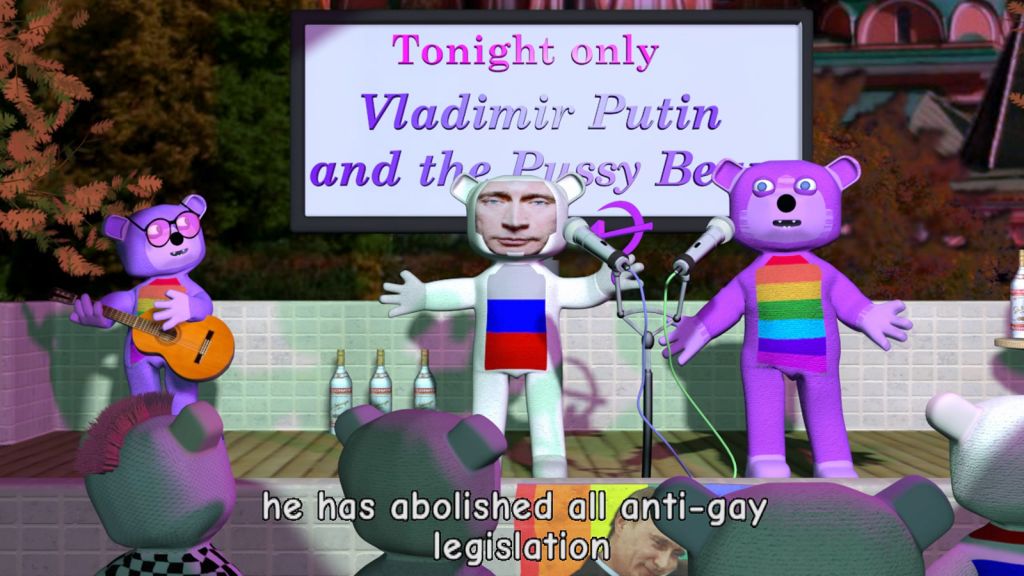

read more - Leslie's Journey, 76’
Production: ESP 2014
In June 1943, a German JU-88 squadron shot down a passenger airplane off the coast of Cedeira (Galicia, Spain). There were no survivors. Among the passengers there was a distinguished personality, Leslie Howard. He was a Jew, an anti-Nazi propagandist, a Hollywood dandy. History is frequently written with forgotten fragments. This is the tale of what may or may not have been the story of Leslie Howard’s last Journey.
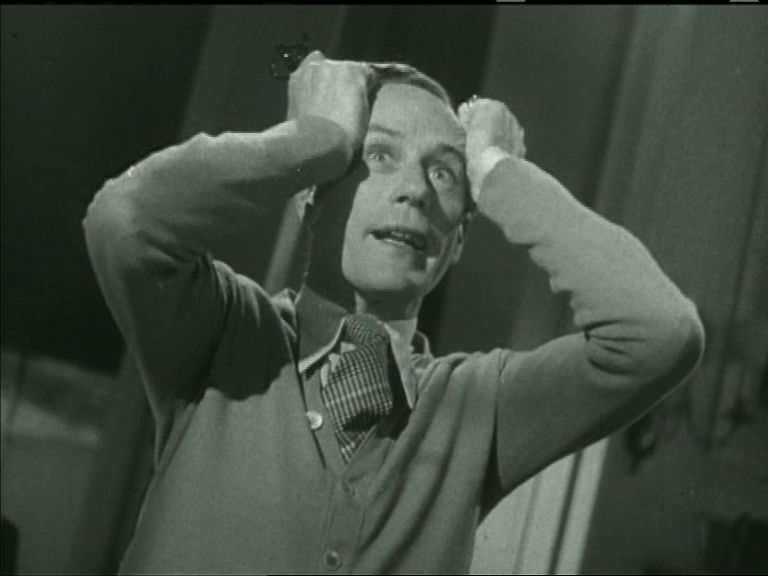
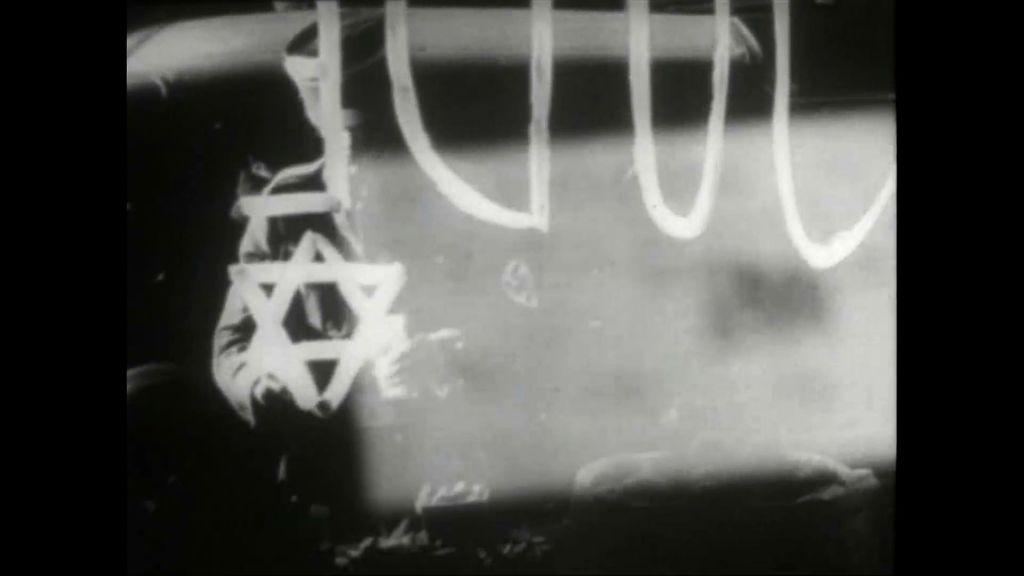
read more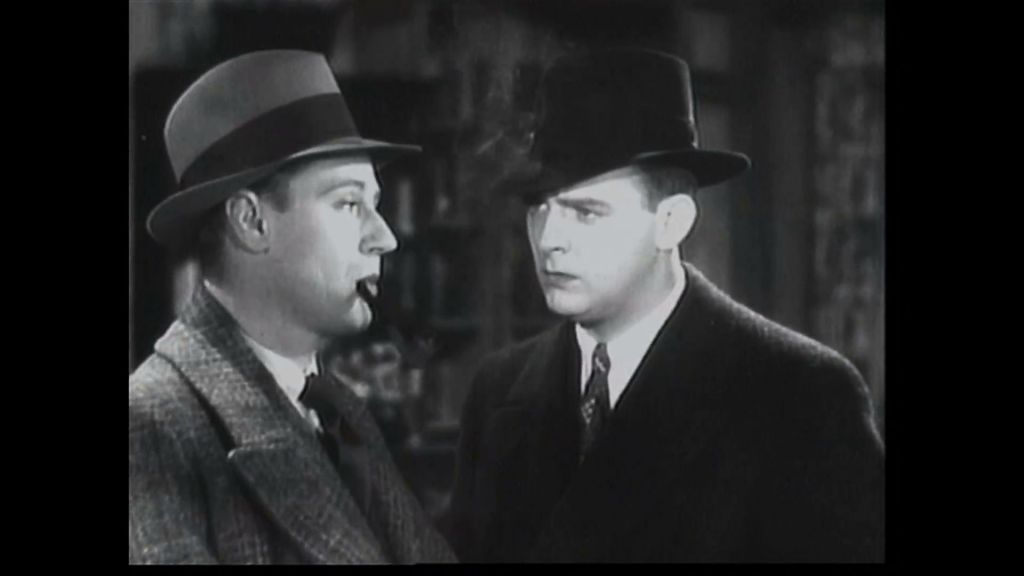
- Mister James, 20’
Production: GER/ISR 2014
For thousands of years, pilgrims of different religions have been visiting the city of Jerusalem, in order to encounter transcendental experiences. Some of these pilgrims, however, are likely to suffer delusions, for they shall identify themselves with a holy persona. Psychiatrists came to call this phenomenon “The Jerusalem Syndrome.” Mister James has now lived in Jerusalem as Jesus for 5 years. With no place to stay, no money and no shoes he is now pursuing his self-proclaimed call. Having attracted the attention of Jerusalem’s tourists, the modern evangelist has not taken the easy way, for there is an increasing amount of people declaring him insane and questioning his way of life. As the film follows Mister James on his pilgrimage through the holy land, social, political, cultural and religious differences and dimensions of the region become visible.
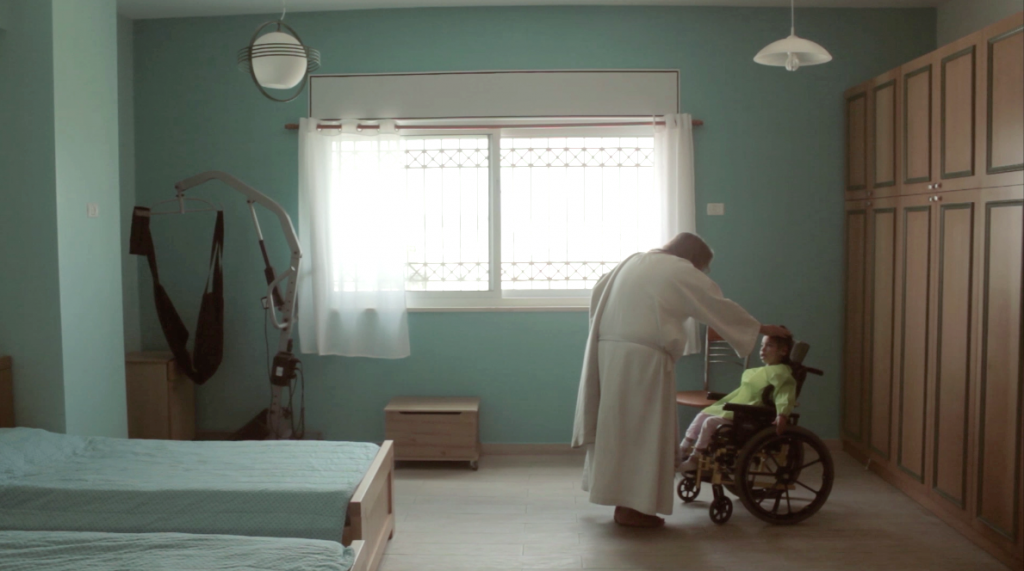
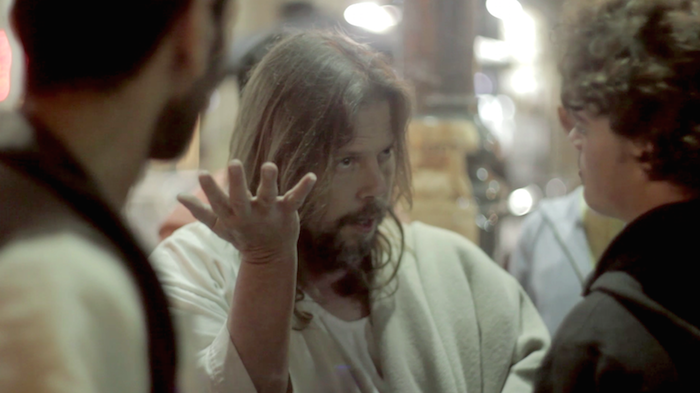
read more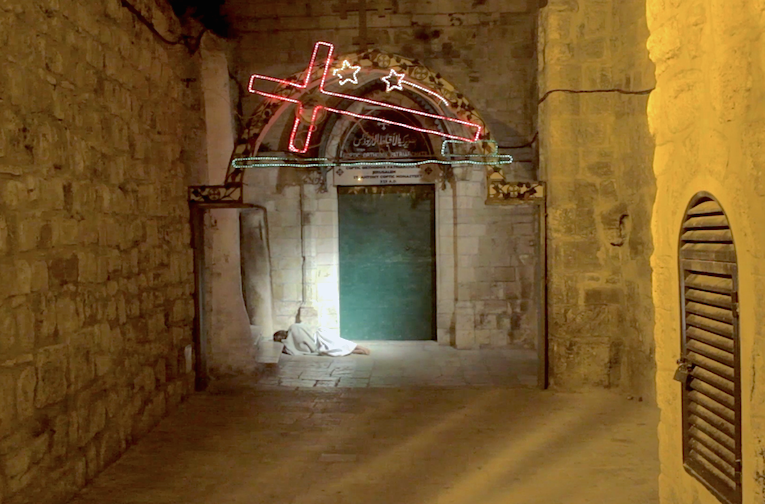
- Mother-Rhythm, 11’44’’
Production: IT 2014
“Mother-Rhythm” is a video that chronicles the relationship of the author with her mother, using a hybrid and experimental language that blends the styles of creative documentary, family photographic repertoire and performance art. The project is like an open artistic diary which in the course of time collects unexpected and heterogeneous materials in the form of video, performative interventions, digital art, texts, artifacts, installations. It is an exploratory trip in and out of the author that sometimes takes the form of a psychomagic ritual.

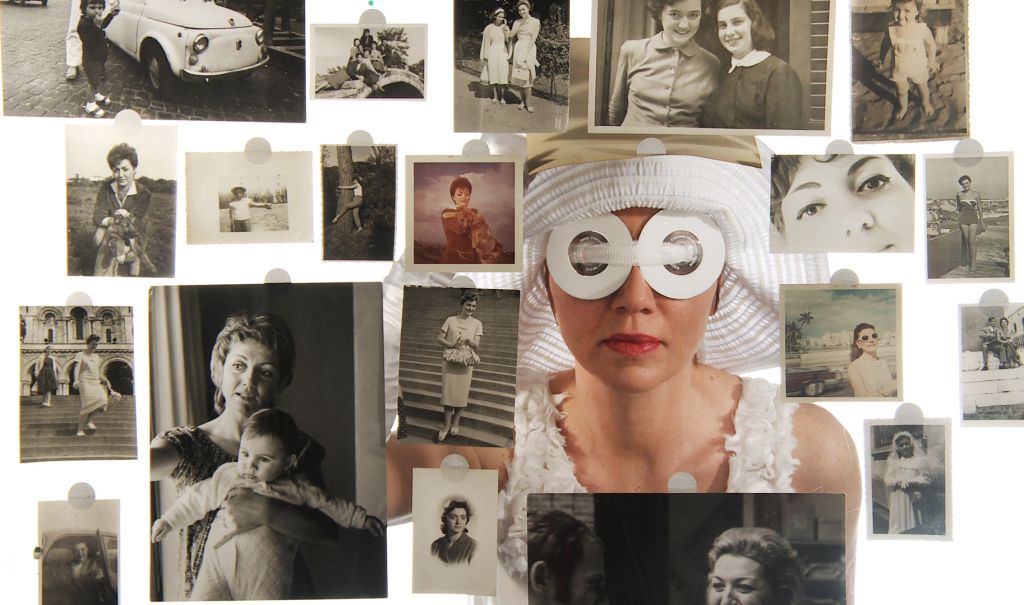
read more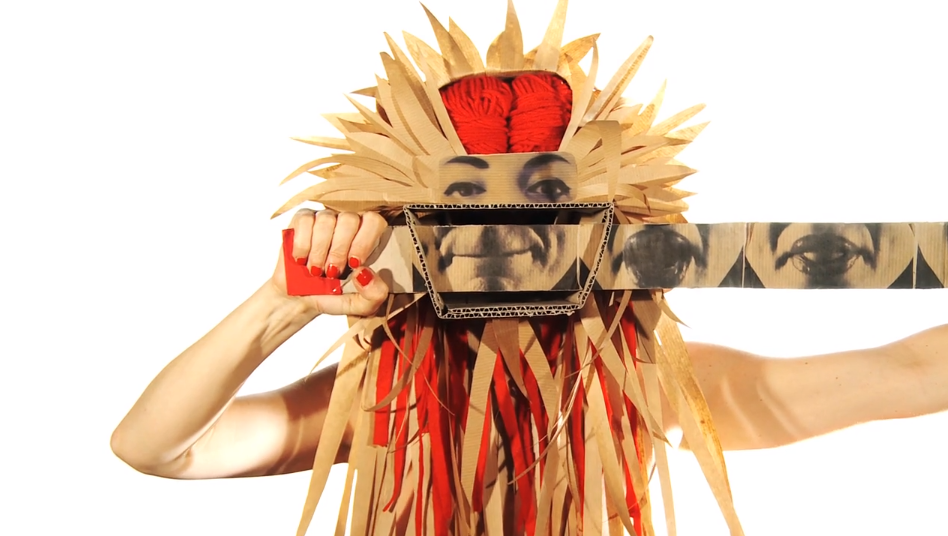
- Talk to Me, 44’
Production: PL 2015
The protagonist of “Mów do mnie” is 21-year old Krzysiek, a marijuana addict who lives in Warsaw's Monar. The film is not another narrative about addiction, it tells a story of the relationship between the protagonist and the director; an unusual example of how life enters film, putting both the protagonist and the author in a difficult situation. It is a story about a feeling being born, about fighting one's weaknesses, and also about growing up. This topic, close to many documentary filmmakers, in “Mów do mnie” is both universal and full of individual tension. The documentary talks about how the creator becomes the protagonist of her own film, and about the weight of responsibility both for oneself and for the other person.
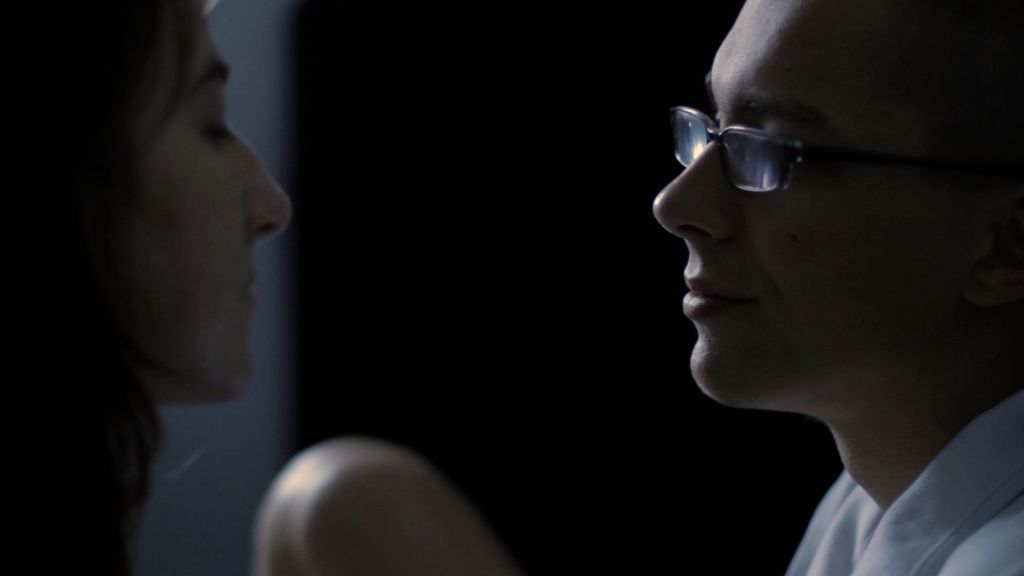
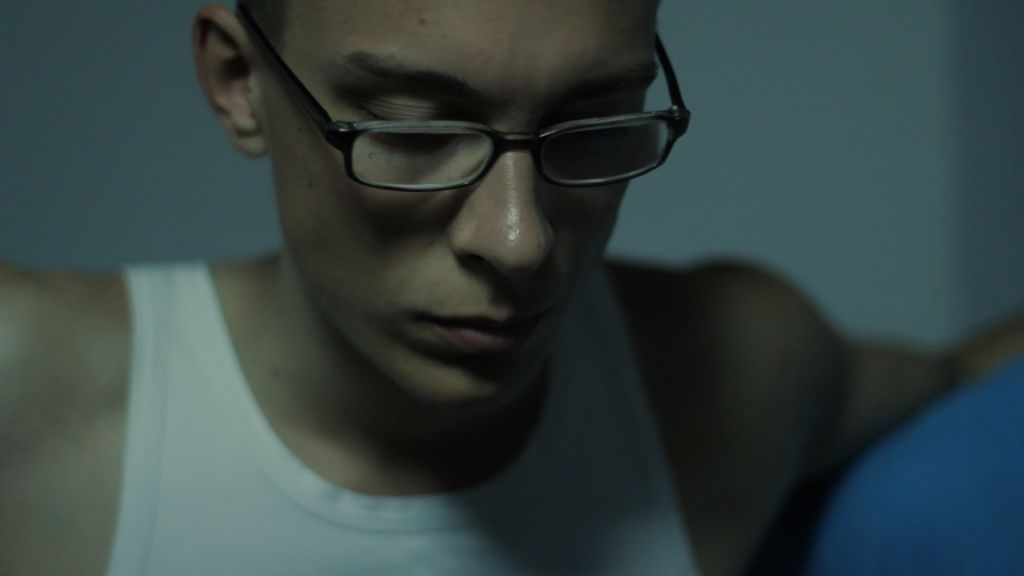
read more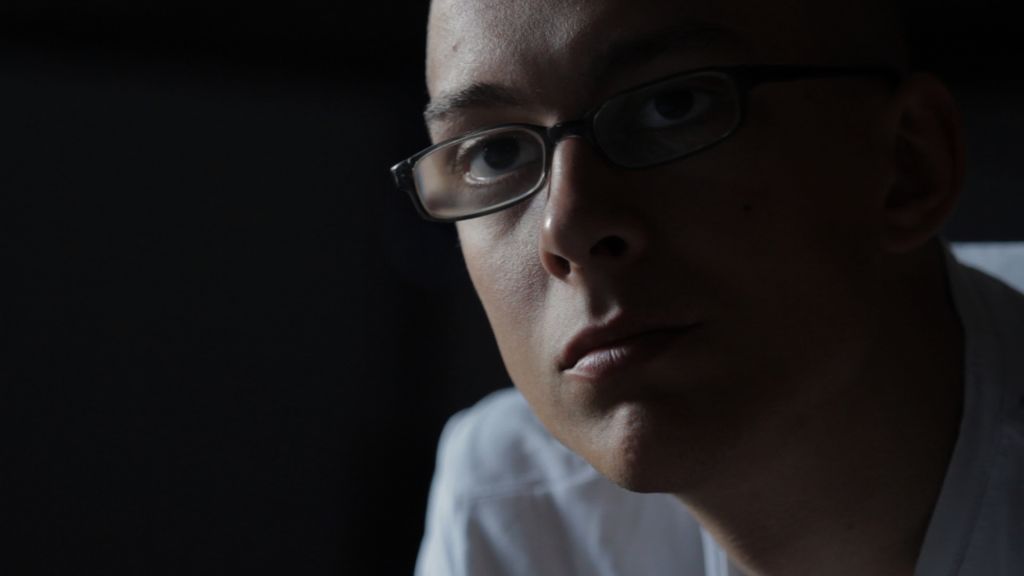
- The Cover Story, 55’
Production: HR 2014In 2013, Croatia has entered the fifth year of recession, with unemployment of 20 percent. It joined the European Union, but at the same year conservative activists banned gay marriages there. Despite all these events, the most popular news in 2013, according to Croatian online portals, was the tragic death of Dolores Lambaša. The young actress was very keen on trying to get the public to like her, but wasn’t successful in her efforts. Everyone loved to hate her. The documentary observes the final year of the young actress’s life and her intense relationship with the media.
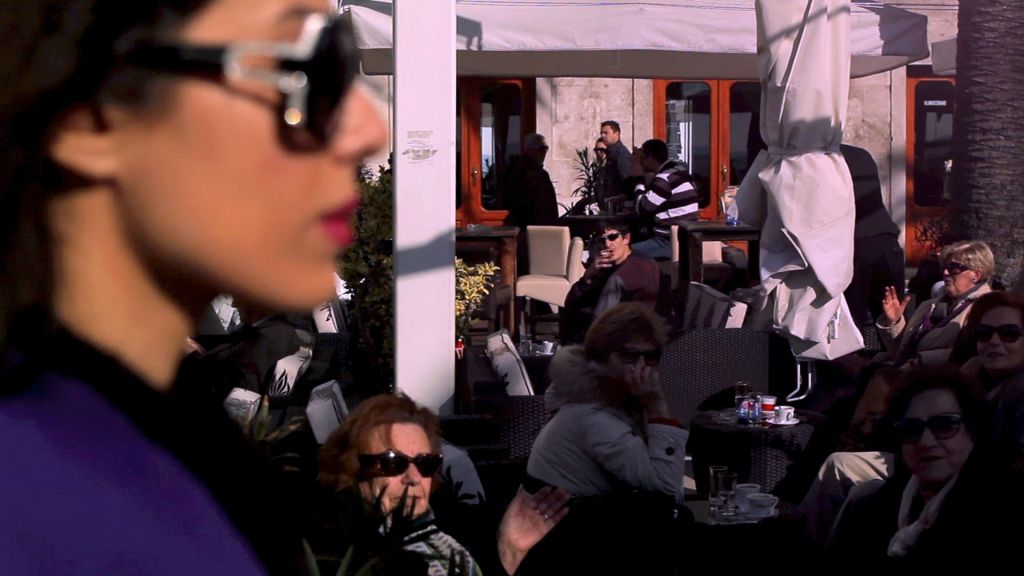
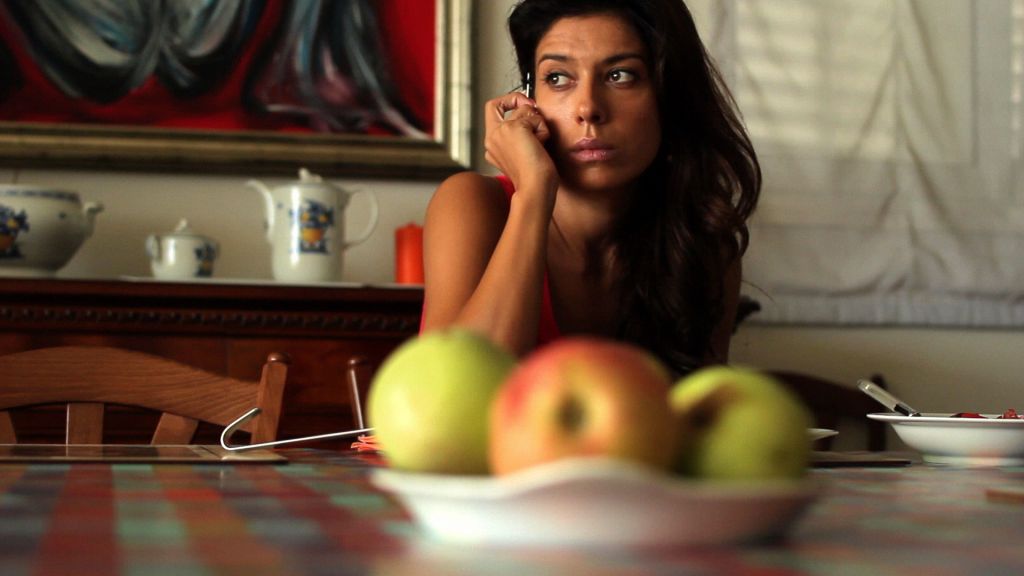

read more - Maybe Darkness, 25’52’’
Production: FR 2014
An old Mediterranean family flat remained at a standstill for 150 years, as if stuck in time. Years pass by as generations come back to it every summer for holidays. The film exploresthe blurring of different timescapes in the space of the flat, intertwining the visual presences of the dead ancestors and the fleeting apparitions of the living family members. Through fragmented voices “Maybe Darkness” questions one’s relationship with familial past and cherished places.
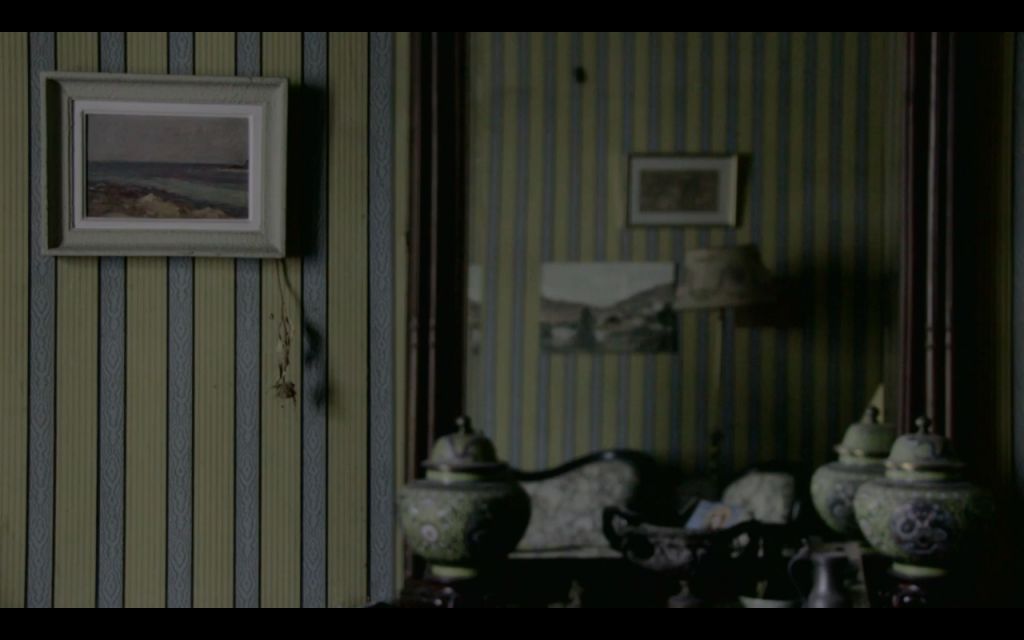
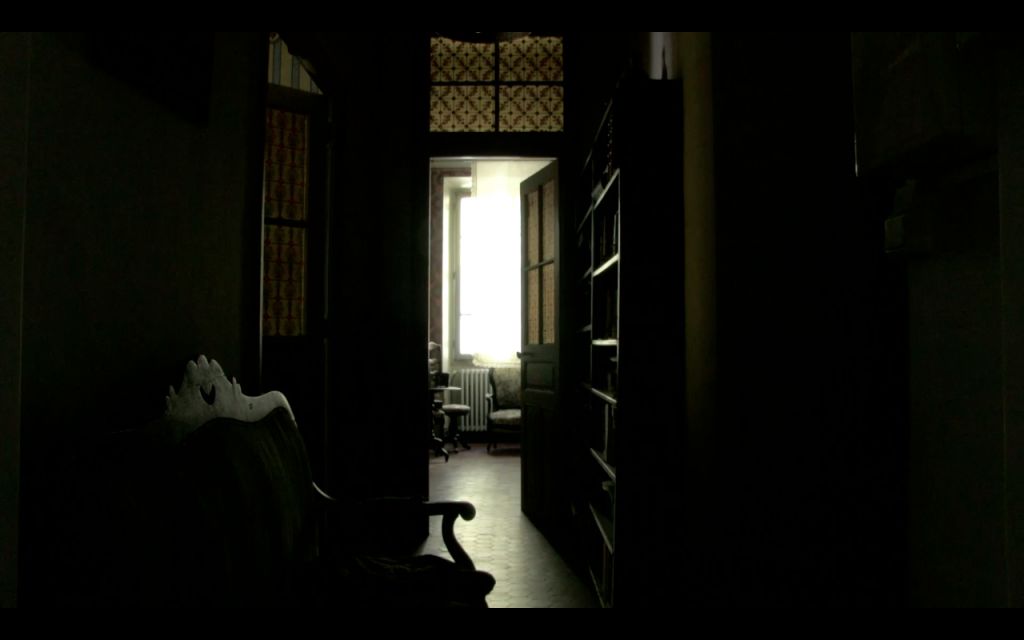
read more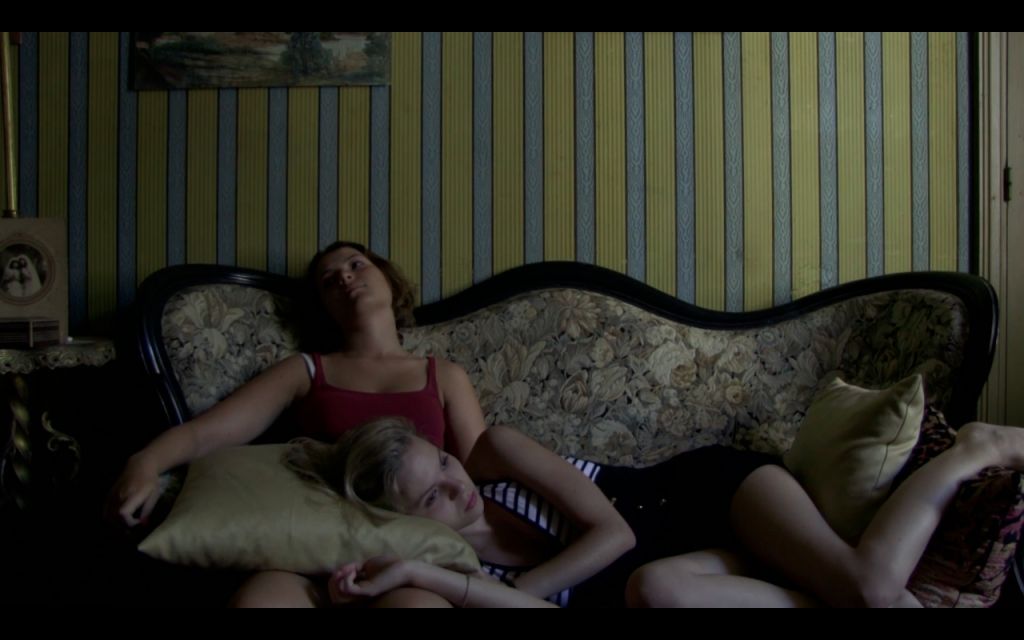
- Reverse, 4’43’’
Production: UA 2014
This film tells us the story of several people who are homeless and thrown out of the strictly walking ranks of society. Life moves and people also move in it. People don't look around and don't look back. Their way is to move forward only. The rest of them, who have remained roadside, become only missing in silence.
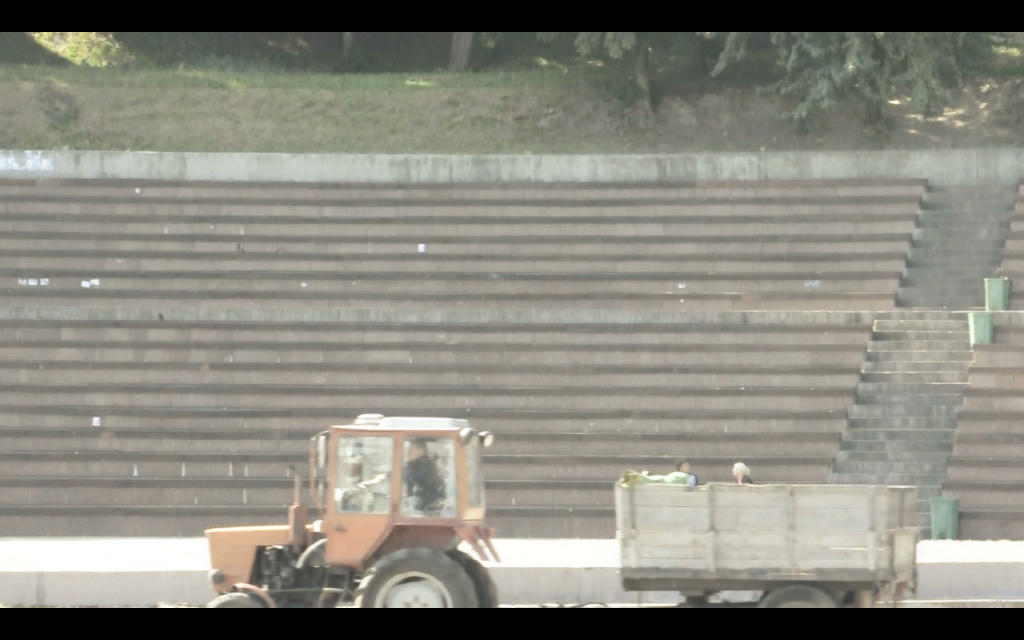
 read more
read more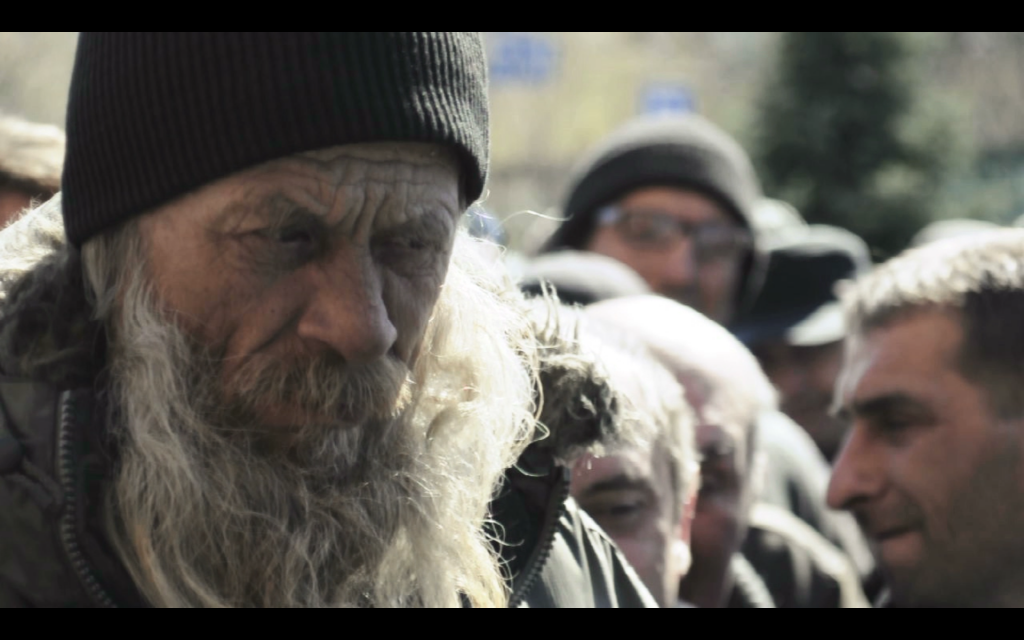
- Short Film about Life, 2’
Production: LV 2014
If, in the words of the legendary bard, “all the world’s a stage,” then the scenes recorded by an unmoving camera on an ordinary football field are its pure essence. Over the course of just two minutes, this cinematic miniature unfolds a story filled with concentration, hope, disappointment, friendship, and the collegiality of sport. A football microcosm in a nice nutshell.
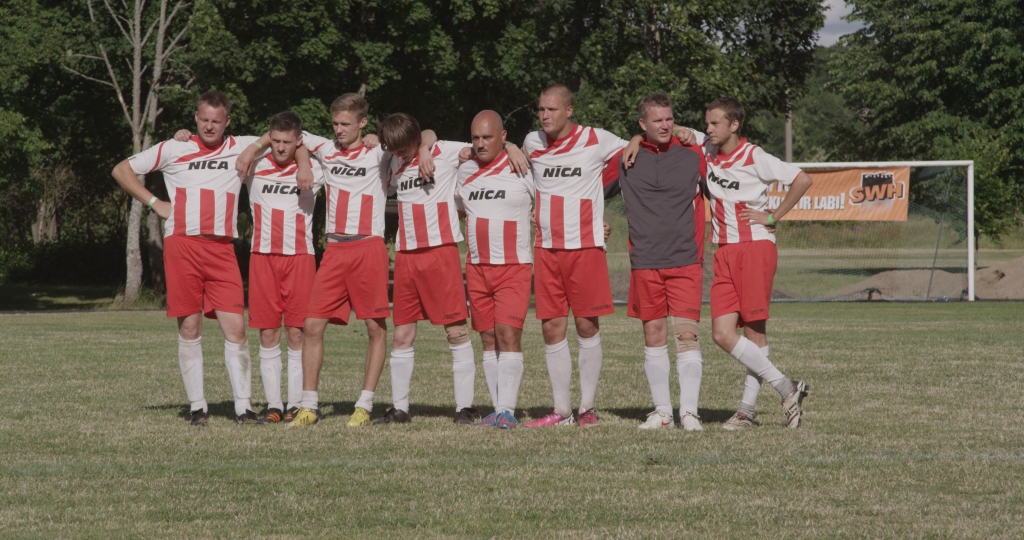
 read more
read more
- Stories from the Wars, 5’09’’
Production: SE 2014
Hundred years have passed since the beginning of World War 1, 75 years since the beginning of World War II. In a world where the ongoing conflicts are shielded away from the European adults and youths who never experienced war, there arise questions of whose wars we remember and tell stories about. The sordid images of repelling bunkers which the author uses situate these war stories far away from pop-culture adventures.
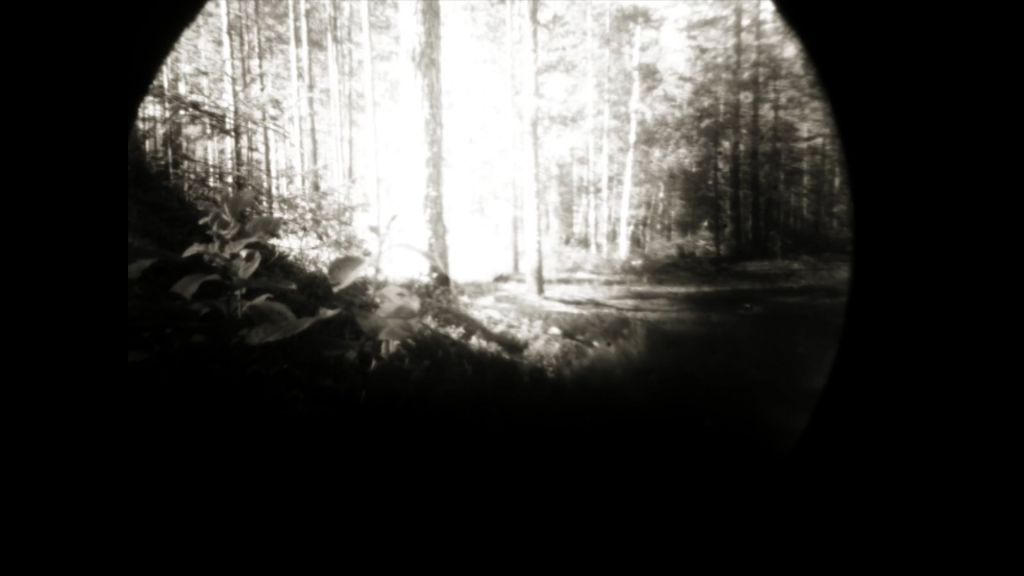
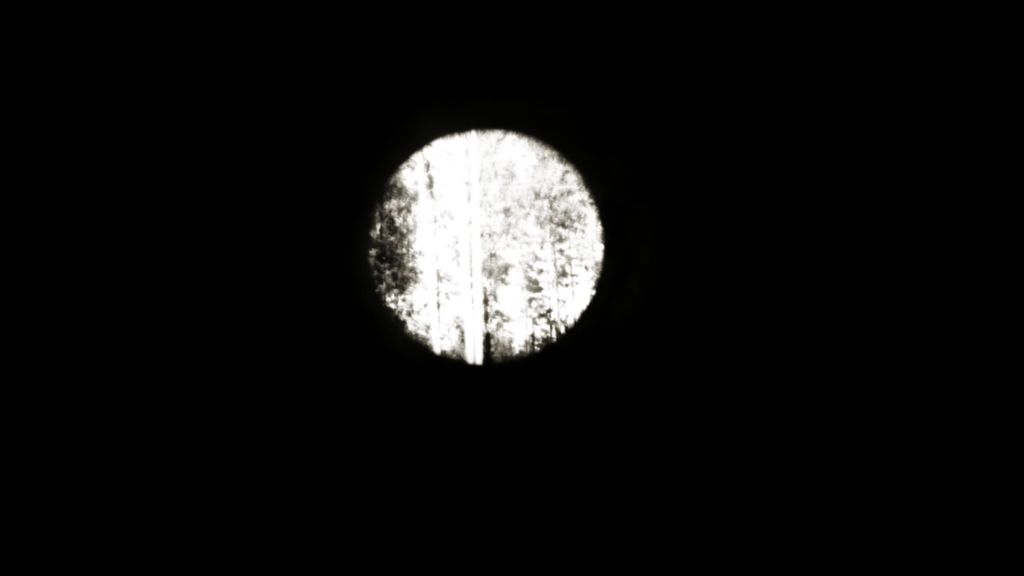 read more
read more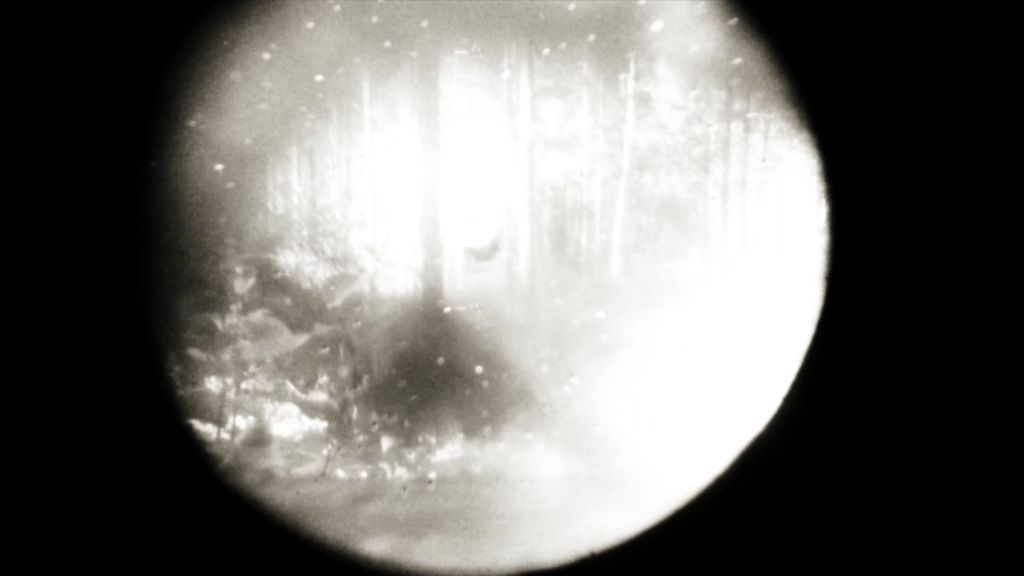
- The Special Chair, 16’
Production: IT 2015
Jeoffrey is an African baby affected by Spina Bifida and Hydrocephalus. He does not move, he is not able to support the head and communicates his needs by attracting attention with mourning or smiles. Jeoffrey spends his days on the couch, lying on it or sitting in the corner in a kind of nest made out of blankets by his mother. His disease will not allow him to achieve any degree of autonomy. For this reason having a good appliance becomes very important in order to maintain a correct posture, thus avoiding the onset of other deformations and enabling Jeoffrey to participate in social life of his family. He needs a specific aid, but how could one provide it in a Kenyan’s rural area where they lack basic services? “The Special Chair” answers this question with a unique experience.

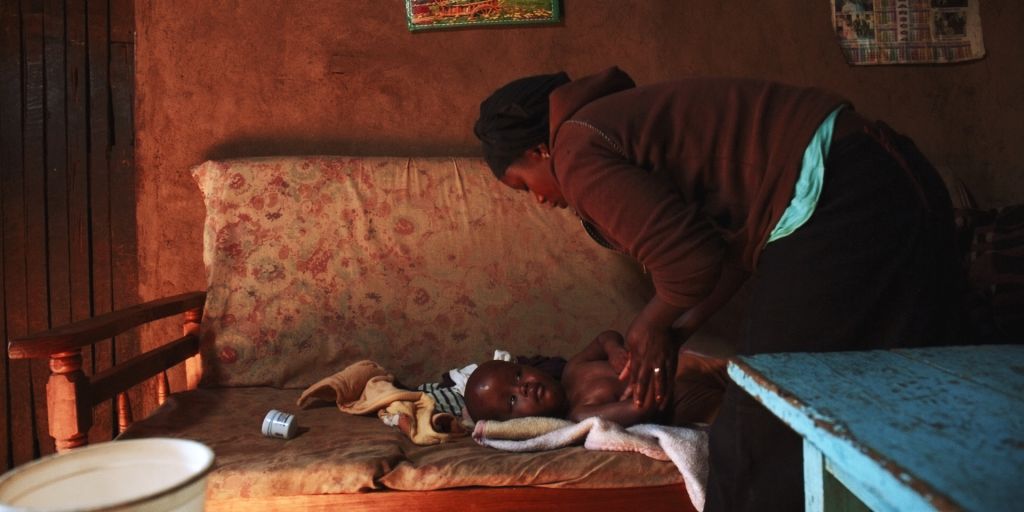
read more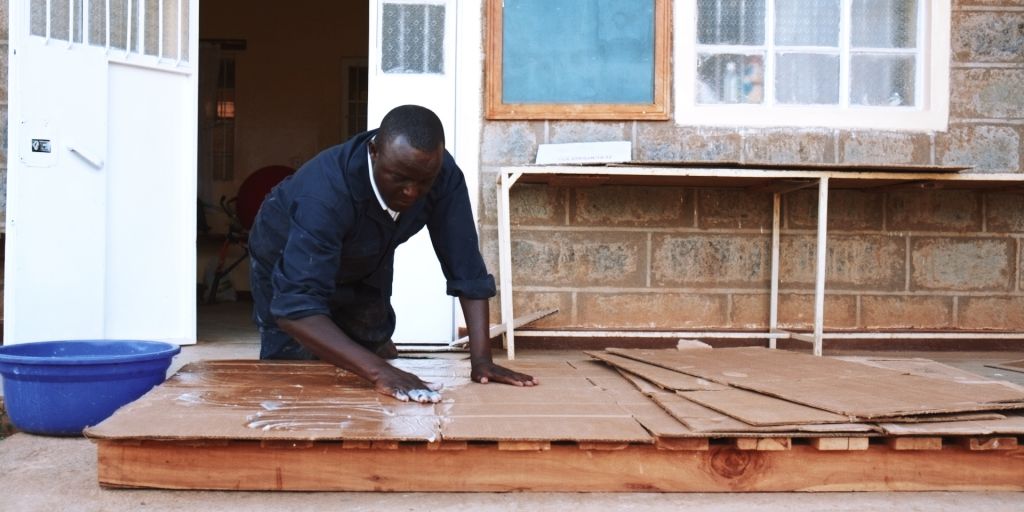
- This is Joe, 4’
Production: ES 2014During the 70s, in New York, Joe Shuster works as a delivery guy. It wasn't always like this... When he was younger, Joe and a friend created a comic book hero, but things weren't as good for Joe as they went for his character... the famous super-hero Superman. Now, Joe is a delivery guy, and he has a package to deliver...Smoothly combining cinematic styles, “This is Joe” takes us on a journey to the American past and evokes a longing for the American dream.
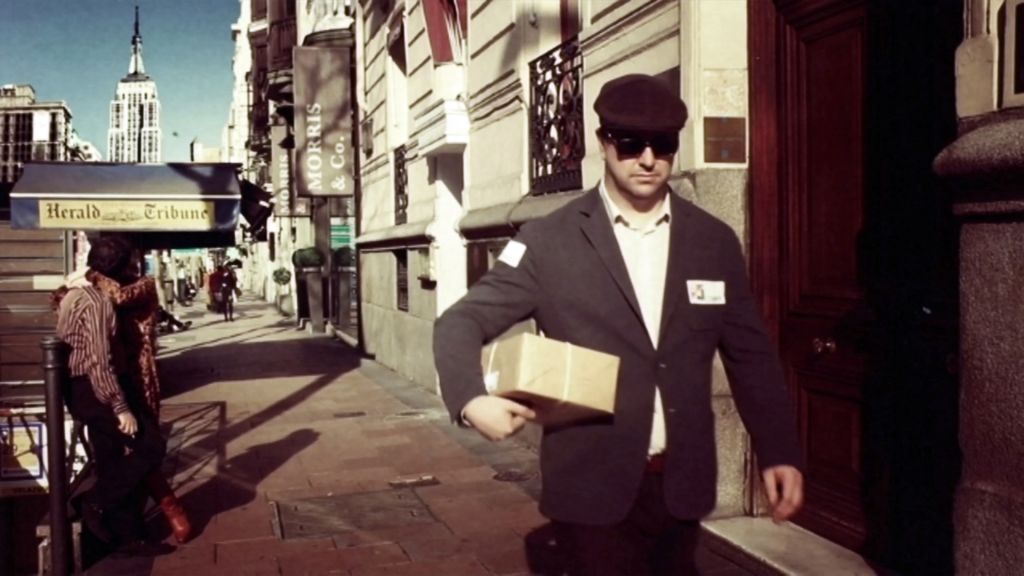
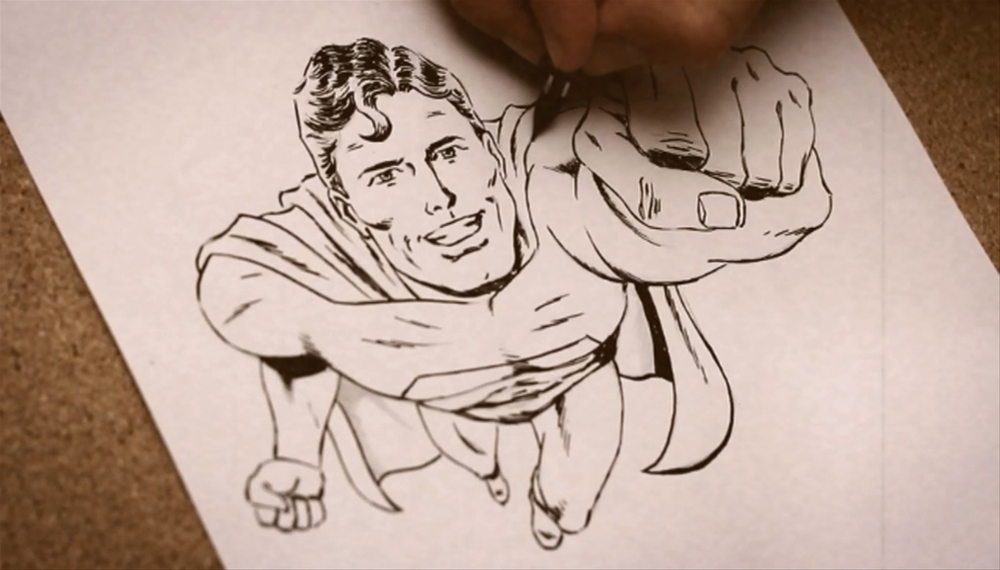

read more - Travelling with Maxim Gorkiy, 10’
Production: DE 2014
As in many cases, also here it's rather about allusion than description. This also applies to the persons represented. Flat silhouettes of people. Their heads depicted in profile. Faces with no expression, formal gestures. In the background, a little bit of everyday life: the hard, square, stone architecture arises from ochre, brownish, blackish mush of colour or mud. A demonstration of the function of the central perspective. An idealised representation of a tropical paradise. Strangely, there's no absurdity in this.
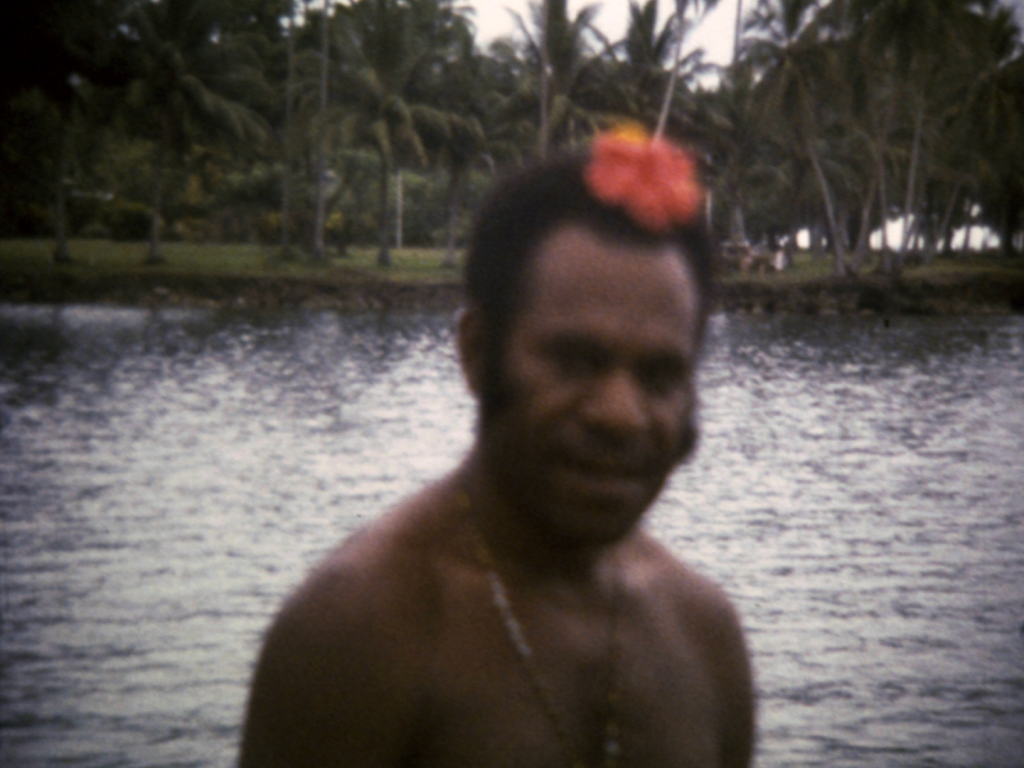

read more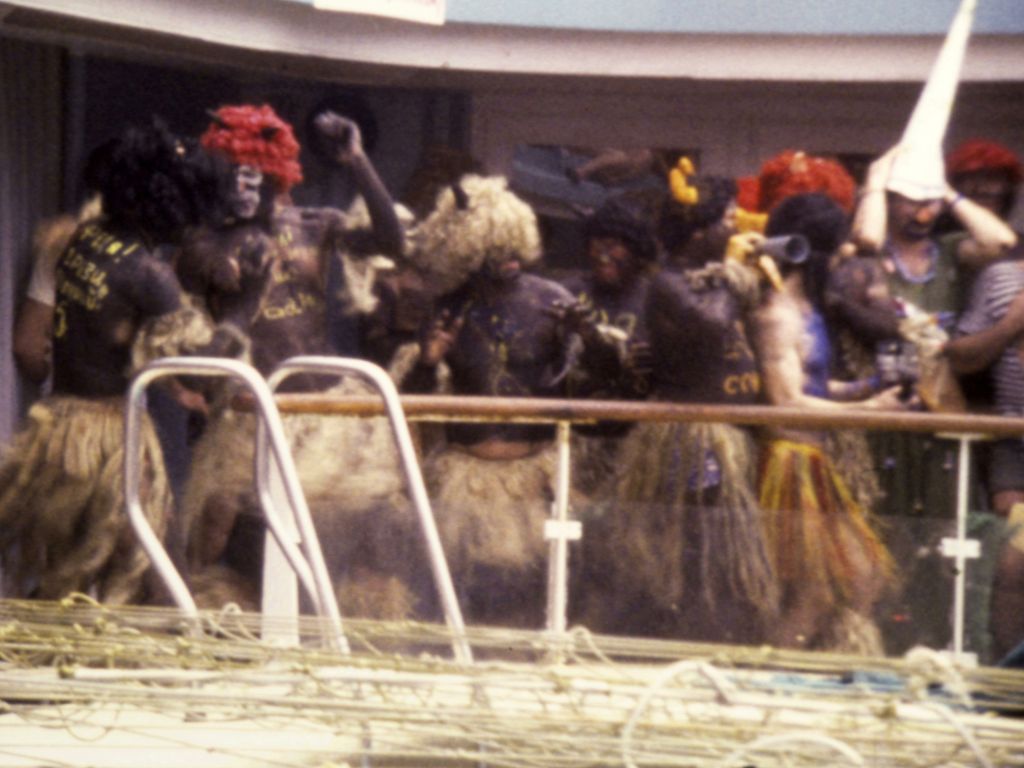
- Thee Women, 4’
Production: ES 2014This is an intimate portrait, in the form of a triptych, of three prisoners. We don't need to know in which prison they are held, who these women are, or their names. After a few images and brief testimonies, we come to realize how these women feel, and more importantly, why these women choose to keep silent. The portrayal explores both the inner worlds of each inmate, and their subjective experiences of the cold world around them. The only free open space exposed to them is the sky, paradoxically both unattainable and infinite. Even the reverberating birdsong from the skies above gets trapped as it falls between the echoing prison walls. Nature, lush and mysterious, remains excluded behind these same walls.

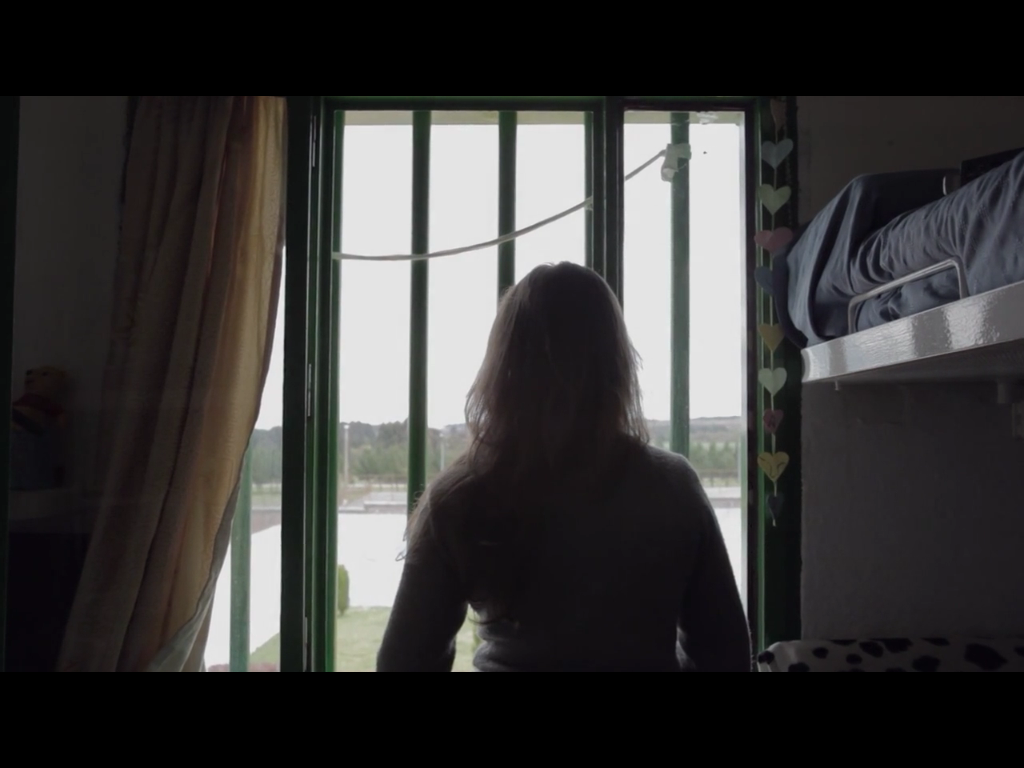
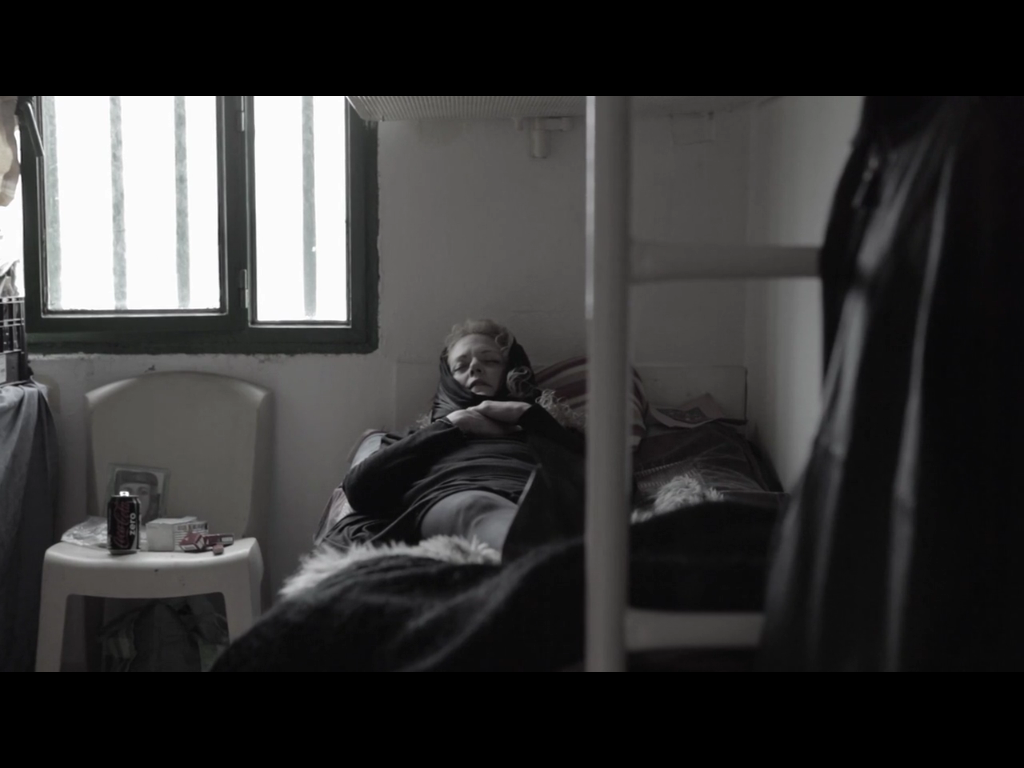
read more - UGUMU, 21’03’’
Production: PL 2015
Since the late 19th century explorers from around the world were trying to climb Africa's highest mountain. Some of them made it to the snow-covered Uhuru Peak, others weren't successful and had to turn back. There were also those who lost their lives trying to climb “the roof of Africa.” Each year almost 200,000 tourists and climbers attempt to reach the top. A third do not succeed due to altitude sickness. However, many manage to finish the trek and receive certificates that confirm they climbed Uhuru. Meanwhile, nobody even hears about the real heroes of this risky expedition: the people who make climbing Kilimanjaro possible for tourists, and thus enabling them to achieve their goal and realize a dream. They are always overshadowed by the climbers – forgotten people... However, on occasion, the trail becomes birthplace of new friendships.
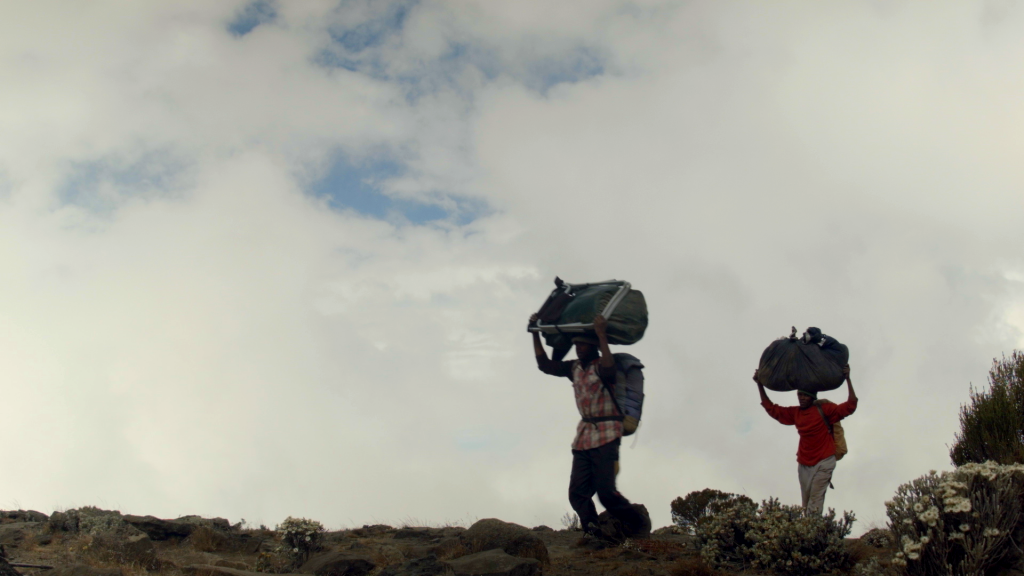
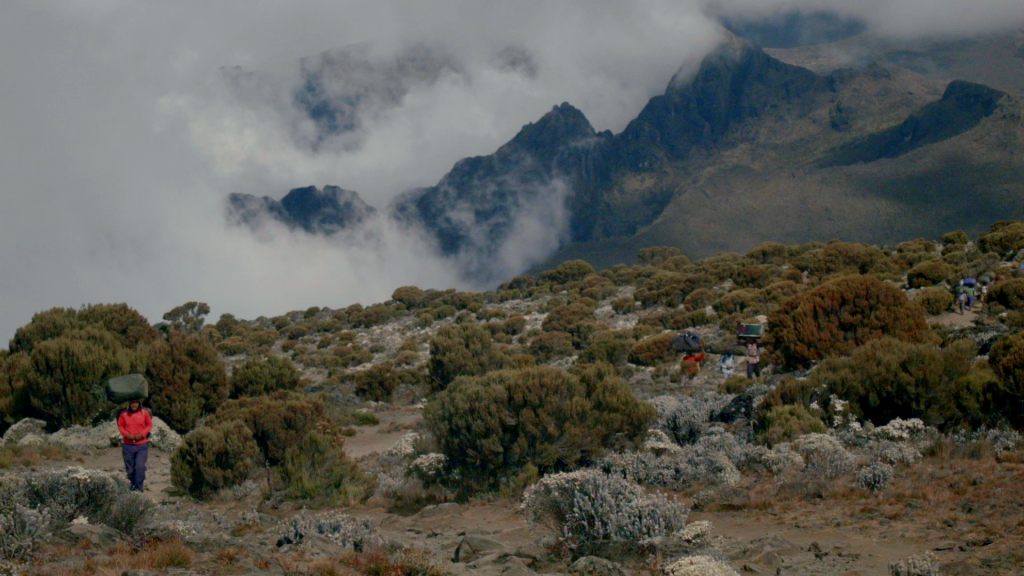 read more
read more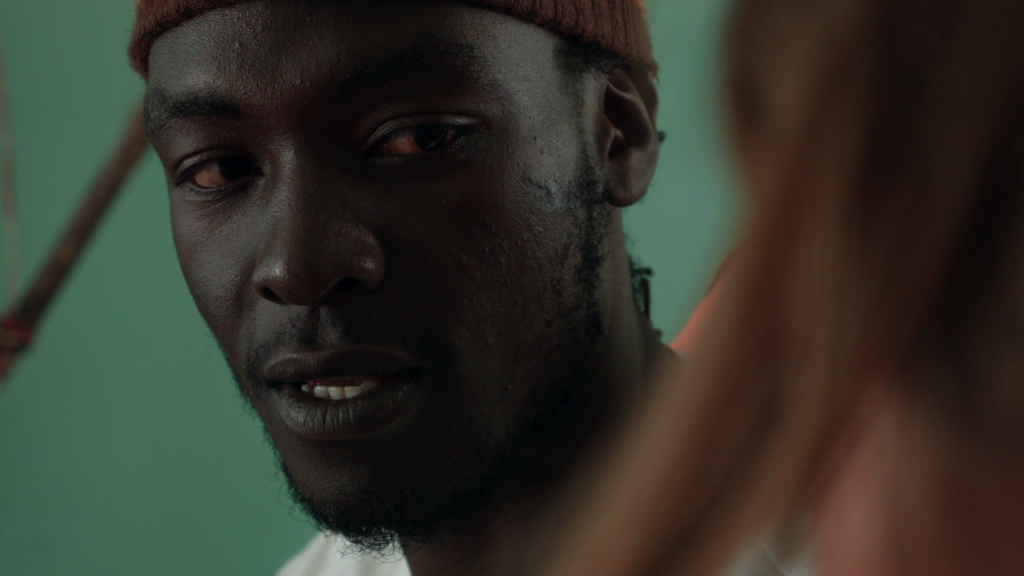
- watch, 21‘
Production: GB 2015A collaboration between spoken word poet Leah Thorn and filmmaker Ewan Golder, “watch” uses “Super 8 film”, poetry, storytelling and photography to slowly reveal the centrality of memory to identity and the impact of dementia on a father/daughter relationship. With a haunting original soundscape by Lemez Lovas and Moshik Kop, “watch” is a deeply personal and moving film exploring loss, vulnerability, survival and memorialisation.
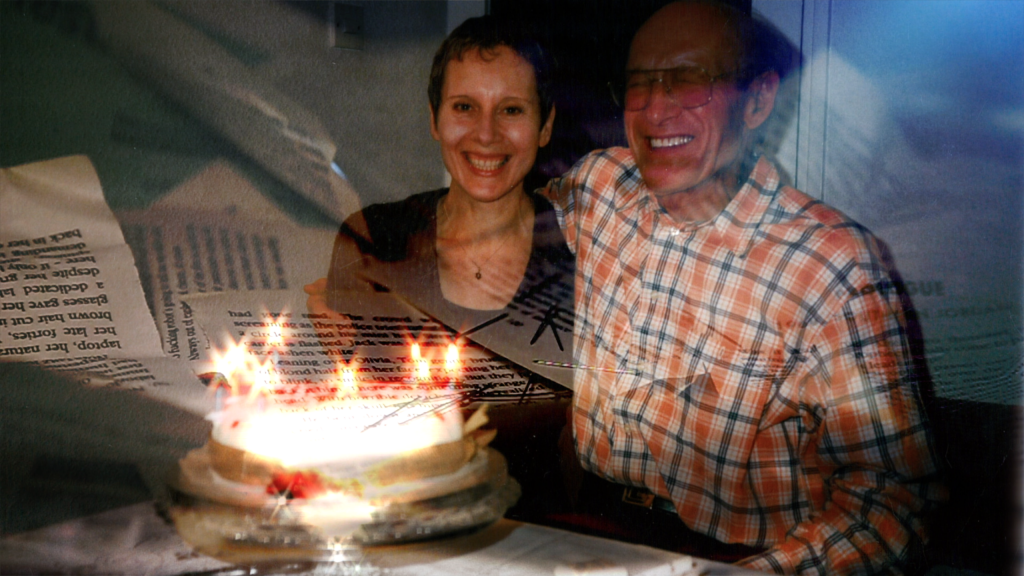

read more - Wrath: An Atlantis Faerytale, 6’32’’
Production: PT 2015A King and Queen who reigned over a thriving and flourishing known as Atlantis could not have children... “Wrath: An Atlantis Faerytale” is a short film shot entirely on location on the island of Sao Miguel in the Azores, Portugal. It combines aspects of a fable, such as its association with the myth along with overt contributions from two key figures within the Sao Miguel community. The events of the story are portrayed through a voice recounting the fairytale augmented with B Roll footage depicting the splendor and nature of the Azores, notably Sao Miguel.

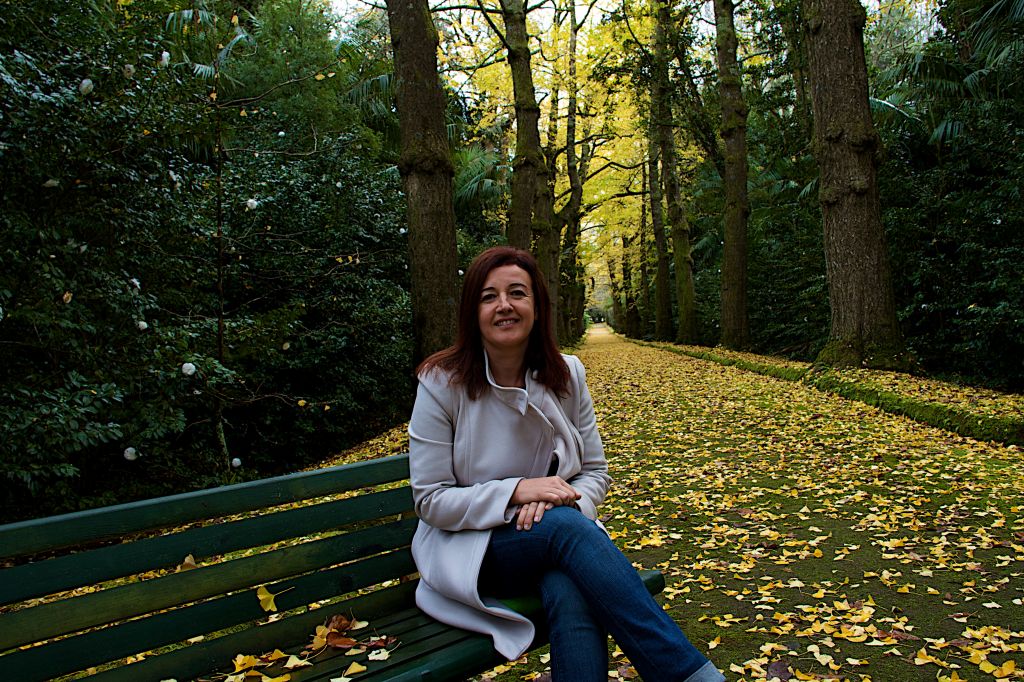

read more - YSME, 25’
Production: FR 2014“Ysme” is a variable level navigation between the real and the virtual, between the Camargue and Corsica, between an aircraft and its digital double, between symphonic music and sound design, between delicacy and chaos, between a tourism trip and a dreamlike artifice.This multi-media composition transforms the observer into a dreamer, the dreamer into an aviator, the one who flies into electric current, never quitting the most beautiful landscapes of the Mediterranean.
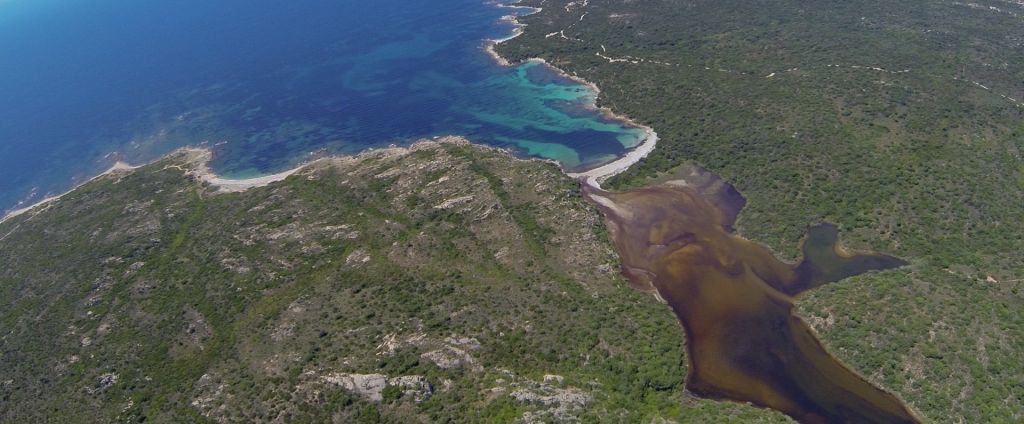
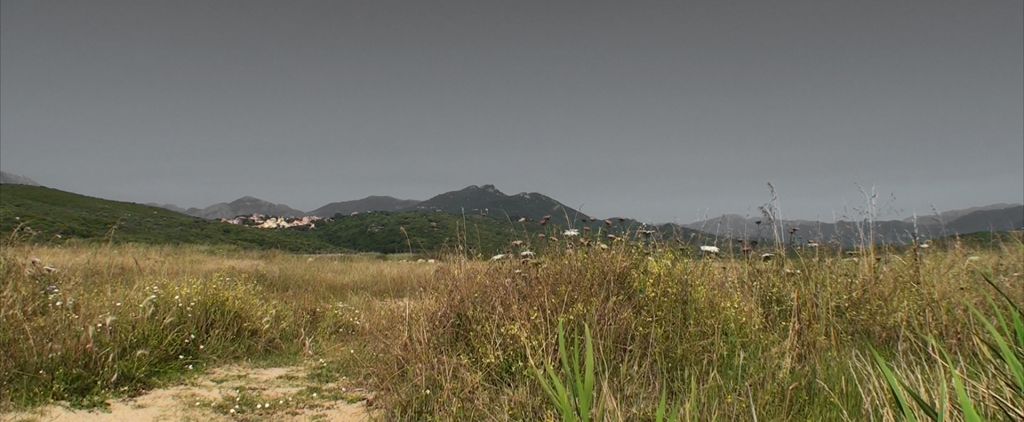

read more









